A mutation, simply put, is a change in an organism’s DNA. DNA is like a set of instructions that tells cells how to grow, function, and reproduce. So, when a mutation happens, it can tweak these instructions, leading to new or different traits.
Over generations, mutations add variety to the gene pool and create genetic diversity. These changes drive evolution. They help some organisms thrive and others fade out, depending on what works best for survival.
In mushrooms, mutations can change how they look, how fast they grow, how well they resist contaminants, and even their potency if they’re the medicinal or psychoactive species. For mushroom growers, these traits can be pretty exciting. Mutations open up chances to cultivate strains with unique qualities.
But there’s a catch! Mutations don’t always play nice. Sometimes, they cause weird growths, stunt development, or make it hard for mushrooms to produce viable spores, all of which can hurt the harvest, reduce yield and reproductive capacity.
Common visual abnormalities in Mushroom Growth
Most mushroom mutations affect appearance — changes in color, shape, size, or strange growths on the caps. Sometimes, these changes create eerie, almost otherworldly forms (photo: Albino Penis Envy mutant monster):
Other times, they lead to cute and funny caps distortion (photo: Cambodian strain mushroom):
In this section we’ll explore common unstable mushroom abnormalities that show up during growth. Later, we’ll take a look at (relatively) stabilized mutations that became NEW STRAINS.
Blob Mutation
Blob mutations often appear in the early stages of fruiting. Instead of forming normal pins, the mushroom mycelium creates irregular, amorphous masses, or "blobs" (photo: Melmac blob mutation):
These formations lack the typical cap and stem structure of a mushroom, taking on a solid, unusual appearance (photo: Albino Penis Envy blob mutation):
Also known as Dino Eggs among growers, blob mutations are common in strains like Penis Envy, Albino Penis Envy, Melmac and their descendants (photo: Penis Envy dino eggs mutation):
First time growing Albino Penis Envy. Lots of blobs:
Since blobs aren't fully developed mushrooms, they reduce the overall yield and don’t produce spores for further reproduction. They may also be challenging to harvest.
Coral Mutation
Coral mutations can show up during either the colonization or fruiting period.
In this case, the mushroom mycelium grows outward into branching structures, resembling tiny trees or coral reefs. These coral-like mutations don’t produce spores.
Photo: Chocolate Krinkle mutation:
Photo: beautiful mutation of El Choco (Choco Rojo) strain
Photo: mutated Nutcracker mushroom looks like a coral reef:
If you'd like to work on mutated genetic further, you could clone the most interesting fruit on agar.
Just an interesting fact: Enigma, TATTOO, Omni strains are stabilized brain-like, coral-like mutations that were isolated from this type of genetic mutation. We'll talk about them later.
Schizophyllum commune contamination resembles coral mutation
Shroomok, have you ever come across something like what’s shown in the attached photos? Do you know what these formations are? This has happened to me three times now, and with different strains (Golden Teacher, Penis Envy, and currently KSSS (Koh Samui Super Strain)).
Shroomok answered: Yes, had pretty similar in the spawn jar (see photo below). This is NOT a mutation case. It's Schizophyllum commune contamination, which can be mistaken for a mutation!
Overlay and Stroma
This type of abnormal growth results in a fluffy mycelium growth or bumpy clump of mycelium instead of the usual pins.
Overlay and stroma are look-alike. However, these two issues have different causes:
Overlay attributed to environmental factors (high CO2 level and high temperature for prolong period of time, or salted coco coir used for bulk substrate) that triggering such growth.
Stroma - to genetic changes, when mycelium can absorb nutrients but is incapable of producing mushrooms. Once stroma appears, there’s little a cultivator can do at the fruiting stage, as these genetic changes are irreversible.
Check out full guide: Overlay and Stroma in Mushroom Cultivation
It’s especially common in Psilocybe Natalensis species grown indoors, as they produce too much CO2 and tend to form blobs and clumps of mycelium on any flush of fruiting period:
On the second or third flush, these snowball-like mycelium structures may appear alongside normal mushrooms on the cake, making it a great example of a spontaneous somatic mutation:
Abnormal cap deformations and rosecomb mutations
Irregular growths on the mushroom cap are quite common. Some of these mutations create truly unusual and sometimes beautiful shapes worth admiring. Let's check a few examples.
Fluffy buboes, distortions, lumps, and gross malformations on the mushroom caps.
Often another mushroom grow on cap, or caps turned inside out or gills are present on the top leading to the name rosecomb mutation.
Haole jet turbine. Thank you for flying Psilocybin airlines
Cute little fella with abnormal cap:
It is also called enigma growth on caps (photo: Golden Teacher):
Look at this mutation example. Have you ever seen Golden Teachers like this?
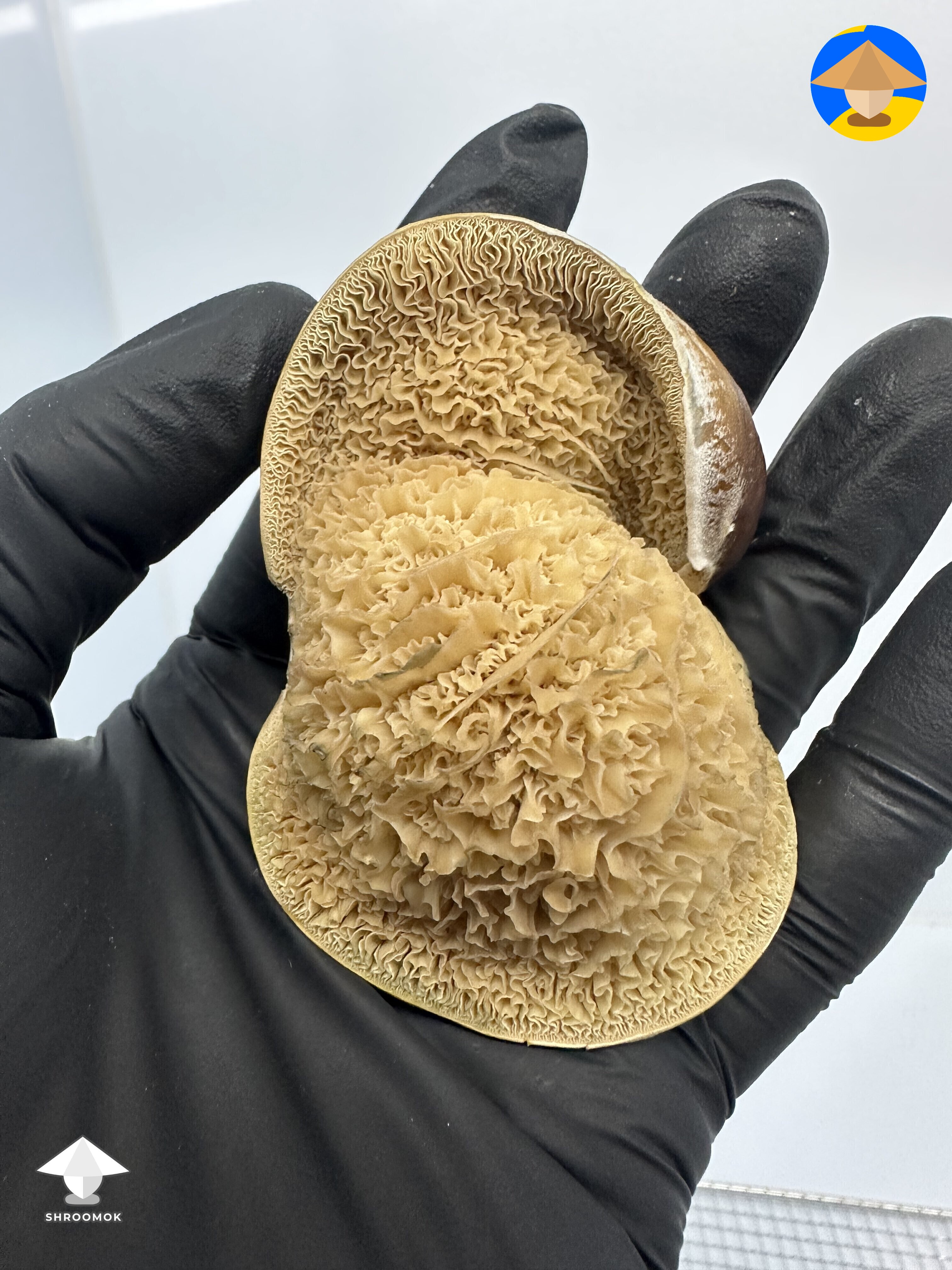
Here's a mutated Nutcracker that was fighting contamination and the mushrooms started to develop beautiful growth patterns. They look like flowers:
Chonky shrooms without normal cap (PF-tek):
Hillbilly Pumpkin mutation on time for Halloween 🎃
First time growing ever and got amazing mushroom mutation. They are supposed to be Koh Samui Super Strain. Shrooms are heavy and hard and looks like they mated with a garlic:
How Mutations Develop and Why They Matter for Growers
Mushroom mutations can be passed down from generation to generation or pop up unexpectedly in certain parts of a colony. Some mutations arise naturally, while others are triggered by environmental stress or even induced intentionally. Let’s dive into both types and what can cause them!
Mutations by Inheritance
Germline Mutations. Germline mutations pass directly through mushroom spores, which are like the “germ cells” of fungi. When two spores come together to form a colony (technically a strain), any mutations in those spores get carried forward. So, if one or both spores carry mutations, every mushroom that grows in this strain will show these traits, affecting future generations in the colony.
Somatic Mutations. Somatic mutations are different — they pop up in the mycelium during the mushroom life cycle, but not in the spores themselves. Since these mutations aren’t in the reproductive cells, they don’t always get passed on. Sometimes, they only show up in certain parts of the mycelium, creating unique traits within specific sections of a colony. Since mushrooms grow clonally, a mutation in one area of the mycelium can result in a patch of the colony that’s just a bit different from the rest.
Imagine finding a section with its own unusual appearance or growth pattern! For instance, a few albino mushrooms that stand out among other ordinary beige-brown relatives in the same cluster:
Mutations by Cause
Spontaneous Mutations. Some mutations just happen. They’re a natural part of the mushroom life cycle and can result from minor errors in DNA replication or from natural environmental stressors like UV light radiation, extreme temperature changes, or viruses.
Induced Mutations. Some growers intentionally trigger mutations. By using mutagens — specific chemicals or environmental factors like UV light or extreme temperatures — they hope to bring about random genetic changes that could reveal useful new traits for cultivation.
Practical Triggers for Mutation
Here are some common causes of mushroom mutations, many of which can be pretty practical for growers to look out for:
Genetic Factors
Mushroom spores carrying mutations. This one’s beyond our control; it’s all up to nature.
Strains that are naturally more prone to genetic mutations due to their unique genetics. Especially those derived from hybrids, albinos, leucistic varieties, and blob- or brain-like mutations all carry a higher risk of unpredictable mutations. I’ll showcase some famous examples in the next chapter!
Aged genetics. As mushroom strains grow older, they start developing “sectors” and other irregularities as random mutations accumulate. With repeated subculturing, these mutations have more opportunities to pop up. Once a culture hits this point, it’s no longer a “pure” strain and shouldn't be used for further cultivation.
Stressors that can Trigger Mutations
Sudden natural temperature shifts or induced temperature shock - cold or heat shocks
Acid and/or salt levels that go out of balance in the bulk substrate
Contamination of the substrate with oil, diesel or distillate fumes
Direct exposure to UV light (natural direct sun light or UV lamps)
Using mutagens, chemicals, fungicides
Using alcohol sanitizers or Clorox (direct spray on mycelium or pins)
Caramelized sugars in liquid culture media or agar media. Prolong agar or LC media sterilization (when the temperature exceeds 250°F or 121C for over 30 minutes) caramelizing the sugars. This can slow down mycelial growth and spark genetic mutations
Improper or too long storage of liquid cultures, agar plates, and agar slants
The Story of the induced Albino Mutation
Here is the story that illustrates mutation induced by environmental stress from Robert McPherson (also known as Professor Fanaticus - a creator of PF-tek) and his Albino mutations ocassionally happened to his Psilocybe Cubensis PF strain.
I once used a flourescent blacklight to grow PF strain shrooms. It seemingly worked as good as regular plant aquarium style flourescent lights. But something terrible happened as a result. The PF shrooms started to sprout out little white mushrooms without spores. Also along with the pure white sporeless mushrooms, normal looking PF's grew along with PF's that appeared to be part normal with albinoism traits (white patches and diminished sporulation). (c) Professor Fanaticus
Back in 2000, Professor Fanaticus decided to test the effects of UV-rich fluorescent blacklights (15 Watt "black light" fluorescent tubes) on his PF strain, wondering how the fungi might respond to the unusual lighting. He kept the blacklights on 24 hours a day, positioning them close to the terrariums, casting an intense glow over the cakes.
It is important to also mention that the plastic "richmans" domes are made out of polycarbonate clear plastic. UV does pass through the plastic. (c) Professor Fanaticus
At first, the mushrooms seemed to thrive, just as they did under typical grow lights. But soon, he began to notice bizarre changes that would shape his work in unexpected ways.
The PF strain mushrooms started sprouting in odd formations—small, pure white caps appeared with no spores at all, entirely sterile albino mushrooms. Alongside these, some mushrooms looked mostly normal but displayed curious patches of white and showed only weak spore production. The UV light, it seemed, had triggered a mutation, damaging the spores and causing these albino traits. Eventually, the mushrooms stopped fruiting altogether.
One PF cake produced an especially strange mushroom — an albino with ghostly white gills and a completely sterile cap (without spores).
Fascinated, the experimentator decided to preserve this mutation by cloning it on agar plate. Soon he had an entire batch of these resilient, pure white albino mushrooms, strange and sporeless. The next round of cloning resulted in the cultivation of albino mushrooms with blue gills (very similar in appearance to the popular Jack Frost strain).
Over time, even the unaffected PF shrooms began showing signs of mutation: inconsistent fruiting, odd colors, and reduced spore production. It became clear that the UV exposure had created lasting effects, impacting the genetics of the entire PF strain. To revive the original line, cultivator obtained PF spores from pre-experiment batches and a fresh set from another lab. Sure enough, these untouched spores grew into healthy, typical mushrooms, proving the damaging impact of the UV lighting.
This outcome mirrored similar mutations seen in shiitake mushrooms exposed to UV light in commercial settings, where UV-induced sterility had been used deliberately to protect workers in large mushroom farms from spore allergies. Reflecting on the experiment, the cultivator was both amazed and disturbed by the powerful effects of UV light — capable of creating unique, resilient mutants, yet at the expense of natural mushroom reproduction.
Are Mutated Mushrooms Safe to Use
Question: Shroomok, I’ve got a few tubs showing normal growth, but I’m seeing some interesting mutations in two others. One tub of what should be Albino Penis Envy (APE) has developed dino-egg blobs, while another tub of Golden Teachers has some strange formations on the caps.
So here’s my main question: are these mutated mushrooms safe to use, or should I toss them as contaminated? And what should I do with the cake?
Shroomok answers: Good news! Mutations aren’t the result of harmful pathogens (contaminations), so they won’t affect your health. Yes, mutated shrooms are safe to take. You can harvest and dry them just like any other flush.
Regarding your next steps, go ahead and rehydrate (dunk) the cake in water after harvesting, just as you would with your cakes that produce regular mushrooms. On the 2nd and 3rd flushes, you might see a mix of mutants and normal mushrooms. There’s also a chance that the next flushes will keep showing only mutated mushrooms.
If you want to play with genetics and grow such mutants further you can clone the mushroom on agar.
Are mutated mushrooms really more potent
Based on the personal experiences of psychonauts and a few actual measurements, blobs and coral-like mutants often have a reputation for being more potent than regular mature Psilocybe Cubensis mushrooms.
Albino mutations are also known to increase potency in certain strains (in comparison with ordinary Cubensis strains).
Contaminations that can be confused with mutations
There are a few pathogens that are not harmful to people or animals, but pathogenic to mushrooms and provoke irregular masses, malformed pins, distortions, discolorations. The main diseases of concern are:
Wet Bubble disease - fungal disease caused by parasitic pathogen Mycogone perniciosa, that usually affected pinheads and mushroom fruitbodies. It is characterized by the development of dense white fluffy mycelial growth, wart-like growths, distorted masses of mushroom tissues, fluffy blobs and amber liquid (yellowish, orange, brown) oozes from pins, blobs and mycelium clots.
Check out full guide with more examples: Mycogone contamination aka wet bubble disease
Dry Bubble disease - fungal disease caused by pathogen Verticillium aka Lecanicillium, that usually affected pinheads and mushroom fruitbodies. It is characterized by the dry yellow-brown dots on fruit bodies, cleft lipped curly caps. Verticillium causes the mushrooms to bend where it's infected, so that shrooms growing horizontally to the substrate or growing down into it.
Bacterial blotch disease (also known as Brown Spot or Brown Blotch) - bacterial disease caused by pathogen Pseudomonas tolaasii, that usually affected pinheads and mushroom fruit bodies. The affected areas exhibit a pale yellow hue, which later deepens to golden yellow, deep brown and even black color, eventually forming sunken lesions.
Check out full guide with more examples: Bacterial blotch disease: causes, symptoms, prevention, treatment and photos
Cobweb Mold - is a fungal disease caused by a few parasitic pathogens (Dactylium, Dactylium dendroides, Cladobotryum dendroides, Cladobotryum mycophilum, Hypomyces or Hypomyces Rosellus), that usually affected mushroom growth on any stage of cycle (mycelium, pinheads, mushrooms). It is characterized by the development grayish cobweb-like, powdery, spongy growth that cover pins, mushrooms and suppress their development.
Check out full guide with more examples: How to identify and get rid of Cobweb Mold
Using mutations for creating new mushroom strains
Mushroom cultivators have learned to harness natural mutations by selectively breeding mushrooms with desirable traits. This can be achieved by isolating specific sectors of mycelium showing the mutation or by cloning standout mutants. These mutations sometimes lead to entirely new strains or hybrids, especially when crossbreeding mushrooms from different strains or species—introducing beneficial traits into a species in the process.
In the past 30 years, more than 200 new strains of Psilocybe Cubensis have emerged by isolating unique traits and cloning distinct abnormalities.
Mapping all the connections between these strains is no small feat, so I’ve created (and continue to expand on) a comprehensive Mushroom Genetics Tree. This project is designed to illustrate the relationships, with parent strains leading to various descendants, showing just how connected all these varieties really are.
Now, let’s dive into a few unique mutations that have become true works of mycological art!
Art and Science combined in Albino Strains
In the world of Psilocybe Cubensis, albino mutations — mushrooms that lack pigmentation — have become one of the most sought-after types of genetic variation. Albino mushrooms have opened up an entire chapter of unique, visually stunning strains that captivate everyone from mycologists and genetic hobbyists to home cultivators drawn to the art of mushroom cultivation.
Take, for example, the famous True Albino Teacher (TAT) strain, an albino variation of Psilocybe Cubensis Golden Teacher strain.
This unique strain was first isolated by a Shroomery user, Jik Fibs, and has since become a parent strain in its own right, leading to over 30 new albino strains. These offshoots include new TAT isolations like TAT Ghost, YETI and Nutcracker, along with remarkable crossbreeds like Gandalf, Jack Frost, and Pearly Gates. The TAT lineage has grown into a project of the TAT Syndicate, a dedicated group that continues to explore and expand on these unique genetics.
Giant YETI mushrooms (TAT iso):
TAT Ghost magic mushrooms (TAT iso):
Gandalf magic mushroom (cross: TAT x Melmac which is PE isolation):
Jack Frost magic mushrooms (cross: TAT x APE):
Pearly Gates open up the gates (cross: TAT x Melmac which is PE isolation):
Similarly, the Psilocybe Cubensis Iceberg strain, an albino variation of the original Thai Lipa Yai strain and Albino Thai Lipa Yai (ATLY), was isolated and stabilized by another mycologist, Miss Mush.
Photo: Iceberg strain fruiting
And dozens of other wonderful strains that blow your mind!
Key features of Albino strains:
Reproduction: sometimes albinos don't produce spores at all or produce too little transparent spores. You need to make a spore swab or clone mushroom to save genetics.
Cultivation Level: intermediate and pro growers. Recommended to have at least one successful grow before choosing Albino strains.
Slower strains than ordinary Cubensis.
Prone to mutations.
Potency: average or above-average content of psychoactive alkaloids (psilocybin and psilocin). These strains are considered more potent than ordinary Cubensis strains.
Leucistic Strains
Leucistic strains are similar to albino strains, but they retain a hint of color—typically a faint beige or yellowish tint that gives them a soft, washed-out appearance. Some popular leucistic strains include:
Leucistic Golden Teacher: A paler version of the classic Golden Teacher.
Albino A+: Despite the name, it’s technically leucistic, not fully albino.
Florida White (F+): this strain was isolated from wild mushrooms by Joshua, commonly leucistic iso
Roger Rabbit: A leucistic isolation of True Albino Teacher (TAT) by Kilor Diamond.
Clockwork Orange: TAT giant isolation with leucistic traits crafted by Dave Wombat.
and many more...
Giant Mushrooms
Some mutations lead to giant mushrooms, which can be beneficial for yield.
Giant mutated Nutcracker mushroom (154 grams):
Among the most iconic giants is Penis Envy strain, famous for its origin story.
Baby Penis Envy shroom (107 grams):
In 1971, while exploring the Amazon, Terence McKenna found an enormous Psilocybe Cubensis mushroom. He brought prints of these large specimens back to the United States, where they landed in the hands of his friend Steven Pollock, a mycologist and medical doctor. During cultivation, Pollock noticed one mushroom that stood out among the rest, which he then cloned to create the Penis Envy strain. Later, Rich Gee, a mysterious mycologist, continued to refine the strain.
Today, there are many descendants of Penis Envy strain and other strains, that produce huge mushrooms.
Albino Penis Envy strain (albino isolation of Penis Envy strain). Huge APE mushroom chonker over 100 grams:
Pearly Gates strain (Melmac which is PE isolation x TAT). Amazing Pearly Gates first flush (almost 209 grams):
Haole strain (APE isolation). More Haole mushrooms - many over 100g, not bad for neglect tek:
DC Mak strain (Melmac strain isolation. Melmac is a Penis Envy iso). Giant DC Mak magic mushroom (241 grams):
Bluey Vuitton strain (cross of TAT x Melmac (Penis Envy iso).
I finally got into the 100g club 🎃 thank you Bluey Vuitton - 122 g
And many more strains, have become well-known giants in the mushroom world.
Blob and Coral-like Strains
Certain strains form distinctive, blob-like, brain-like, or coral-like growth patterns. Notable examples include:
Enigma strain: A stabilized brain-like mutation of Psilocybe Cubensis Tidal Wave (also known as TW2)
TATTOO strain: A blob-like mutation from True Albino Teacher (TAT), resembling Enigma
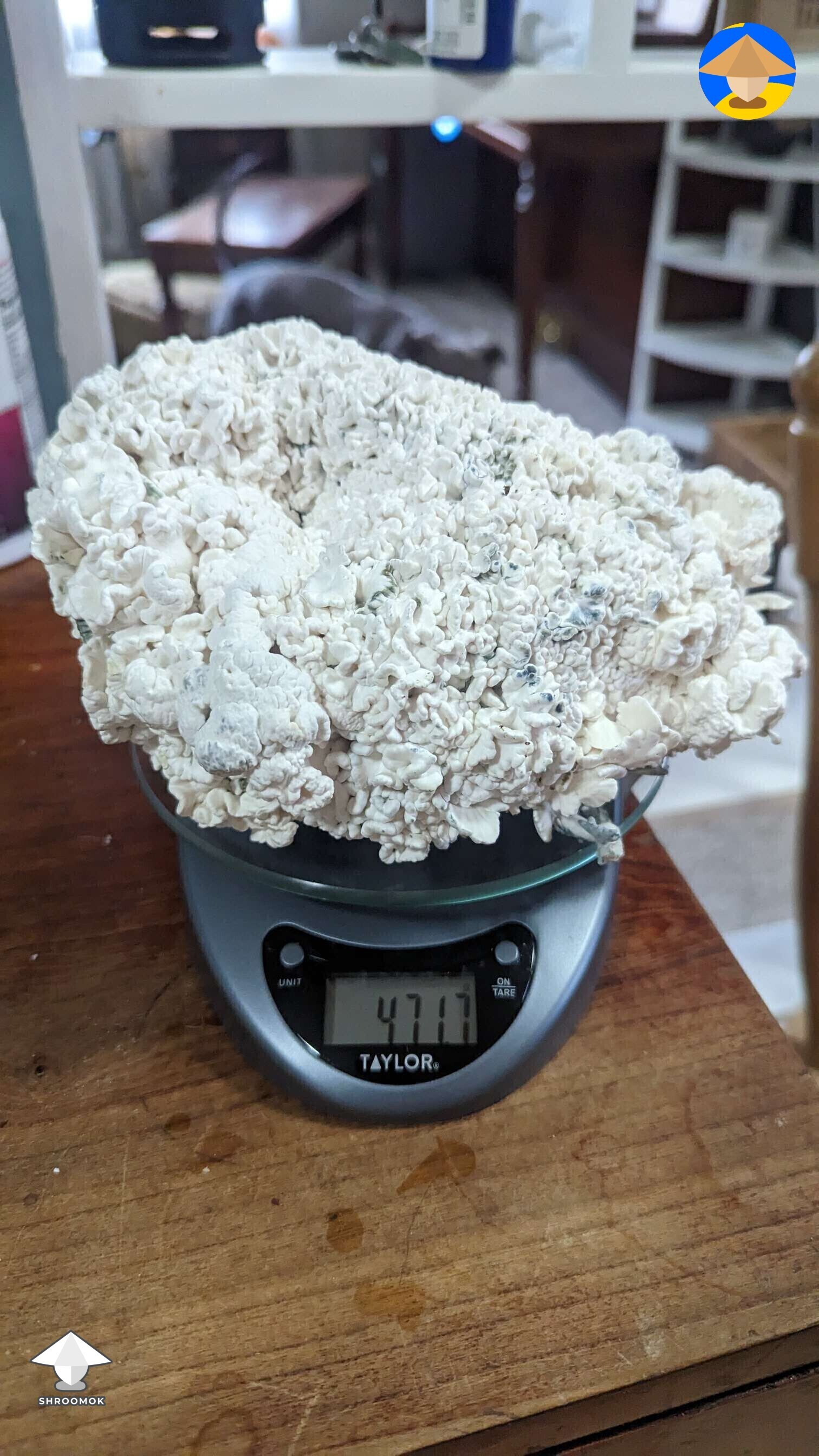
Omni strain: A Melmac OG isolation known for its coral-like appearance
Key features of blob-like and coral-like strains:
Cultivation Level: intermediate to pro growers. Cultivating strains like Enigma, TATTOO, and Omni is a journey best suited for experienced growers. These unique mushrooms offer a one-of-a-kind experience and lots of excitement, but they also come with real challenges. These strains demand a steady hand and, above all, patience.
Before diving in, you’ll need to be acknowledged with every step of the growing process and strict about maintaining proper sterility. Even then, there are no guarantees: with mutated strains, surprises are part of the deal. Cakes might catch contamination early on, or blobs may stop developing halfway through, or new mutations may appear. So, if you’re up for the challenge, be ready for an unpredictable adventure — but know that the results are worth it.
Speed of growth. As a slow growing strains they require about 3-4 months (bulk colonization + fruiting period) to reach harvestable blobs, significantly longer than other Cubensis strains. For comparison, say B+ or Penis Envy, take about 3-6 weeks to get the first flush.
Resistance to contamination. As a slow growing strains they are prone to contamination, because require more time for bulk colonization and fruiting. This plays into the hands of mold contaminants, making sterility a top priority.
Single Flush. Unlike the other Cubensis strains that produce 3-5 flushes, blob-strains produce only one flush.
Single Generation. These strains don’t produce spores, as they never form a mature fruit body. Hence, you can’t make a spore print or spore swab. To grow them, you’ll need a liquid culture or living mycelium sample on agar.
The only way to save genetics is making more LC and agar plates from the initial one or cloning the fruit body on agar. This is one more reason for newbies to avoid these strains, as they require additional skills in mycology.
Potency: above-average content of psychoactive alkaloids (psilocybin and psilocin). These strains are considered one the most potent among Cubensis strains.
Reverted Strains and what does it mean
Not all mutations are stable. Some mutated traits may revert to the original form in future generations, while others might be passed down reliably if incorporated into the mushroom’s genome.
One example is the Psilocybe Cubensis Albino Penis Envy Revert, also known as APE Revert, which has reverted back to an older phenotype while retaining some characteristics of its albino lineage.
Pheno example of APE Revert:
Not albino mutation strains
One of the latest and the most interesting strains I'd like to mention here is Psilocybe Cubensis El Choco strain, which is NOT albino, originally a Psilocybe Cubensis B+ strain mutation isolated by Dave Wombat.
And lot more to come...
Afterwords
While some mutations may limit yield or pose additional hurdles, they’re often harmless and can even lead to the development of new genetics. They opens up endless possibilities for cultivators and mycologists. Discovering these anomalies can lead to valuable learning experiences, and perhaps even contribute to the growing catalog of mushroom strains.
Thanks for reading and making me be a part of your day!
If you enjoyed this shroom story, please support me with cup of coffee on buymeacoffee
Yours, Shroomok
Have questions?
Ask and share your experience in comments, join Shroomok community on Discord or Reddit.
Check out more photo examples of mutations in photo gallery below and enjoy Mushroom Genetics Tree
Shroomok's choice


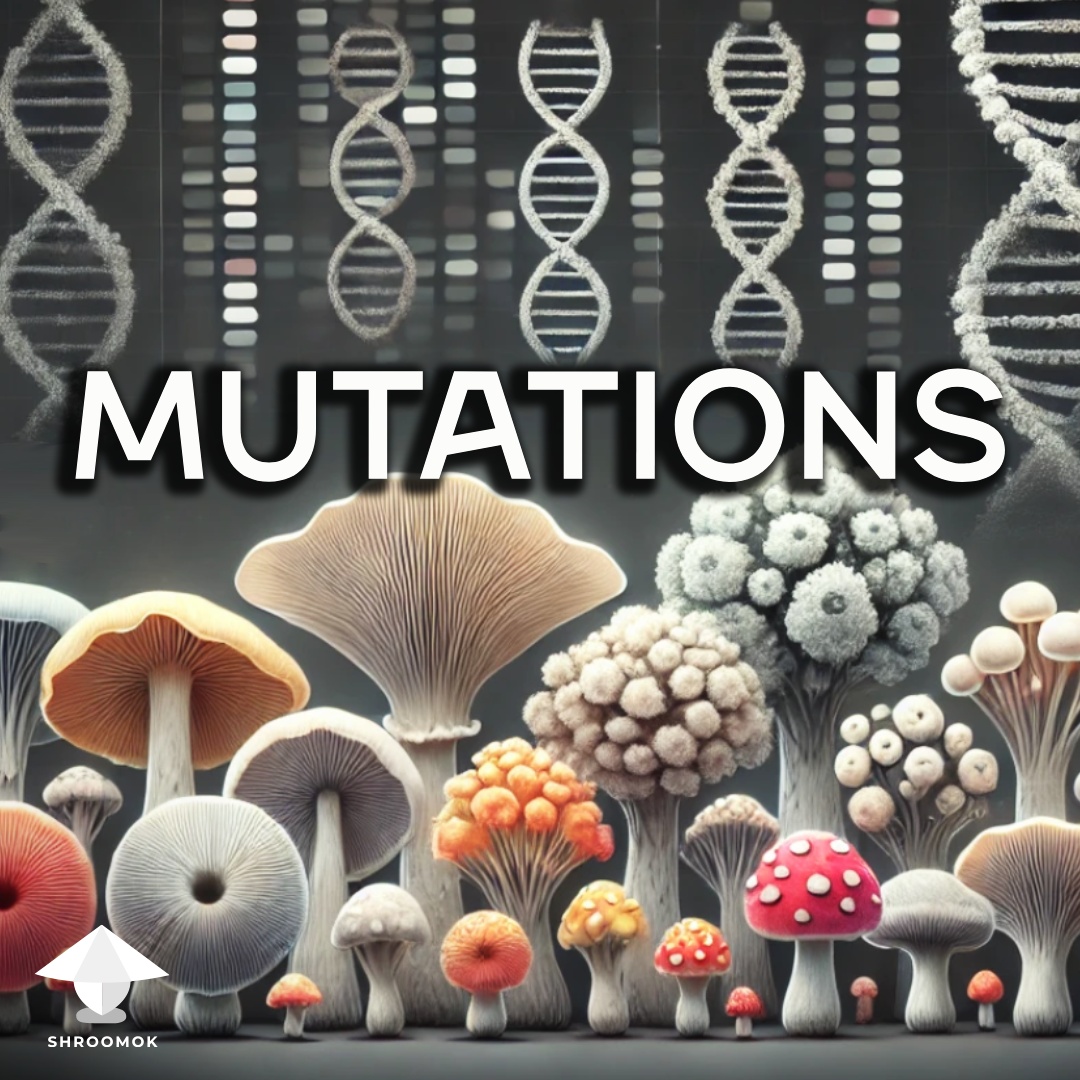
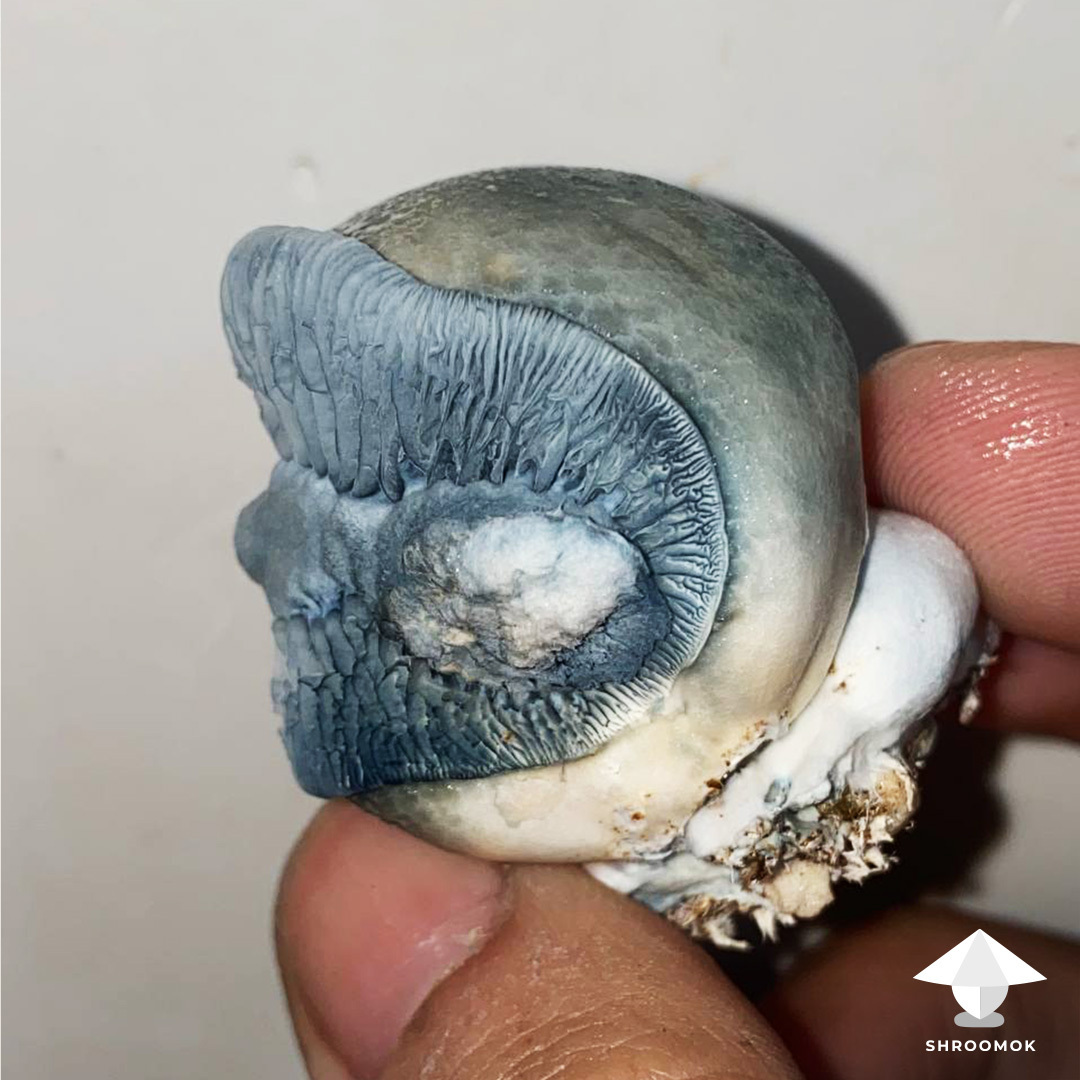
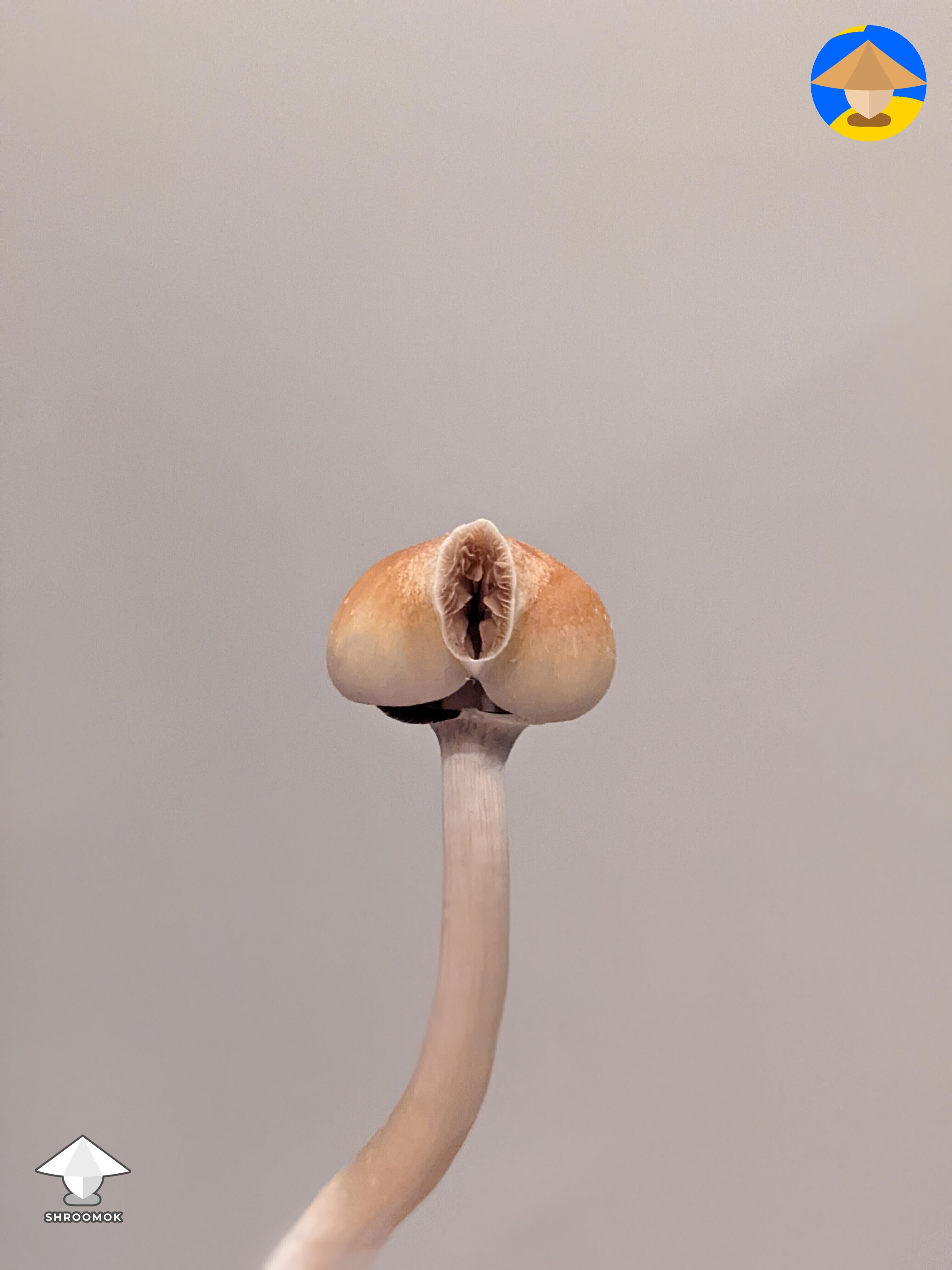
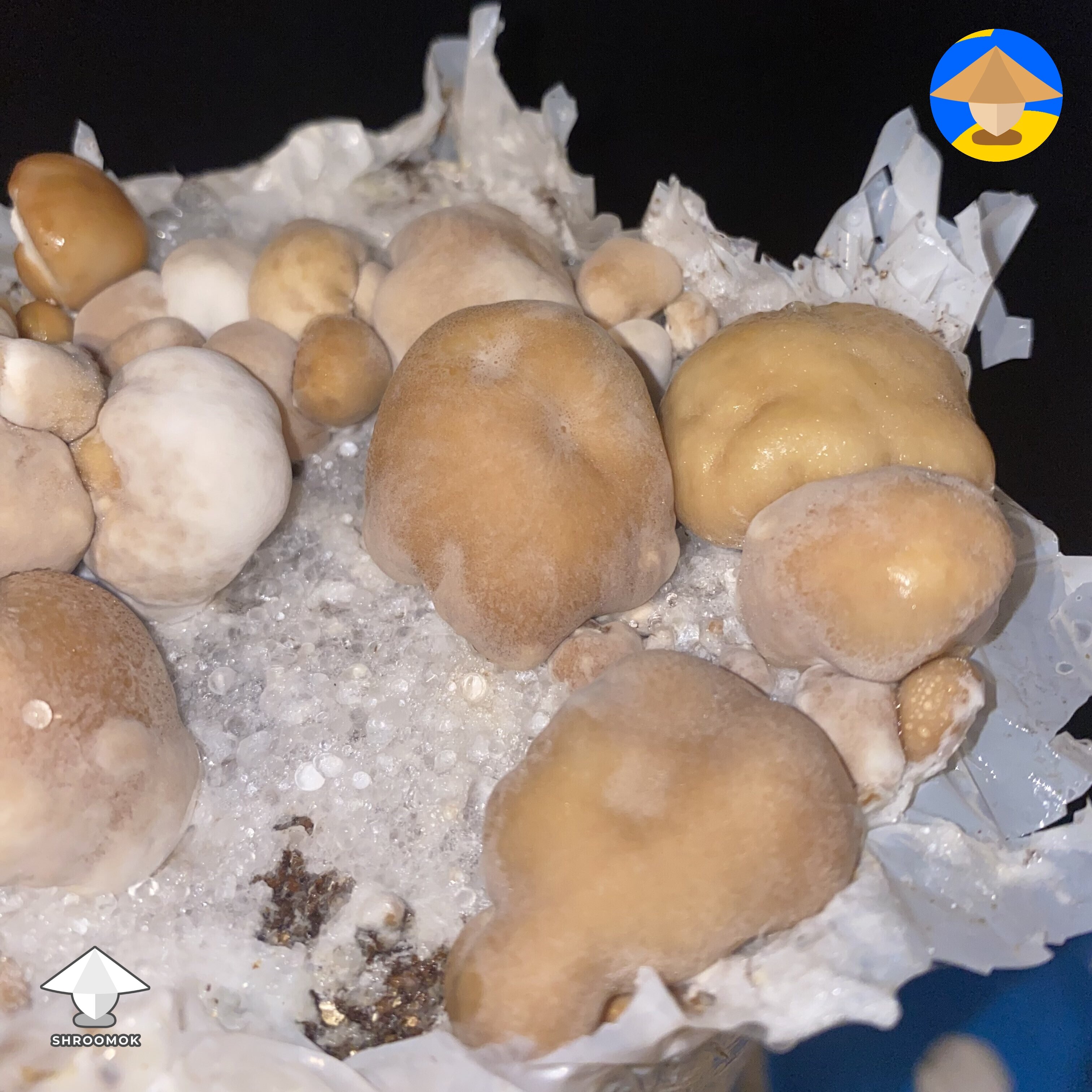
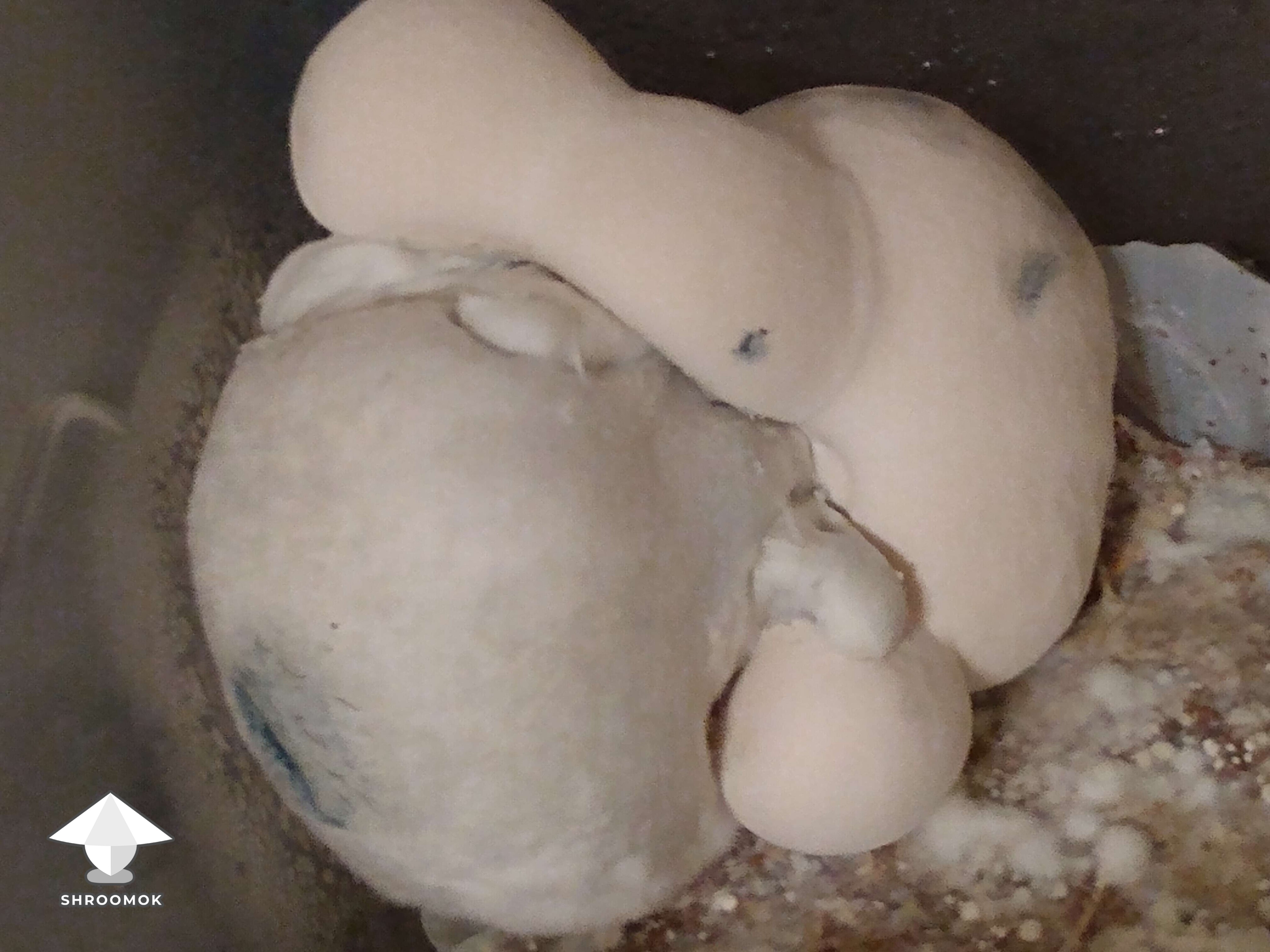
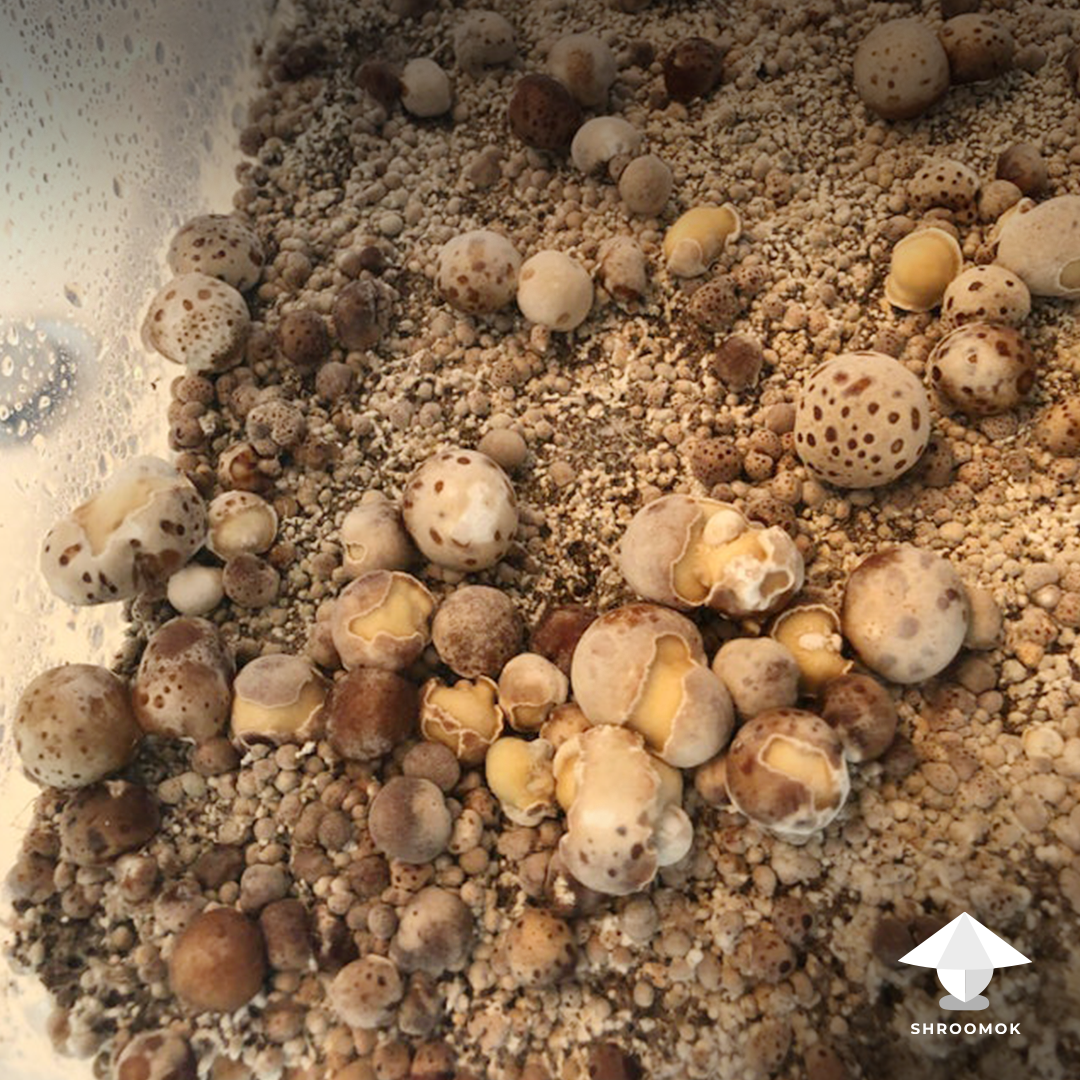
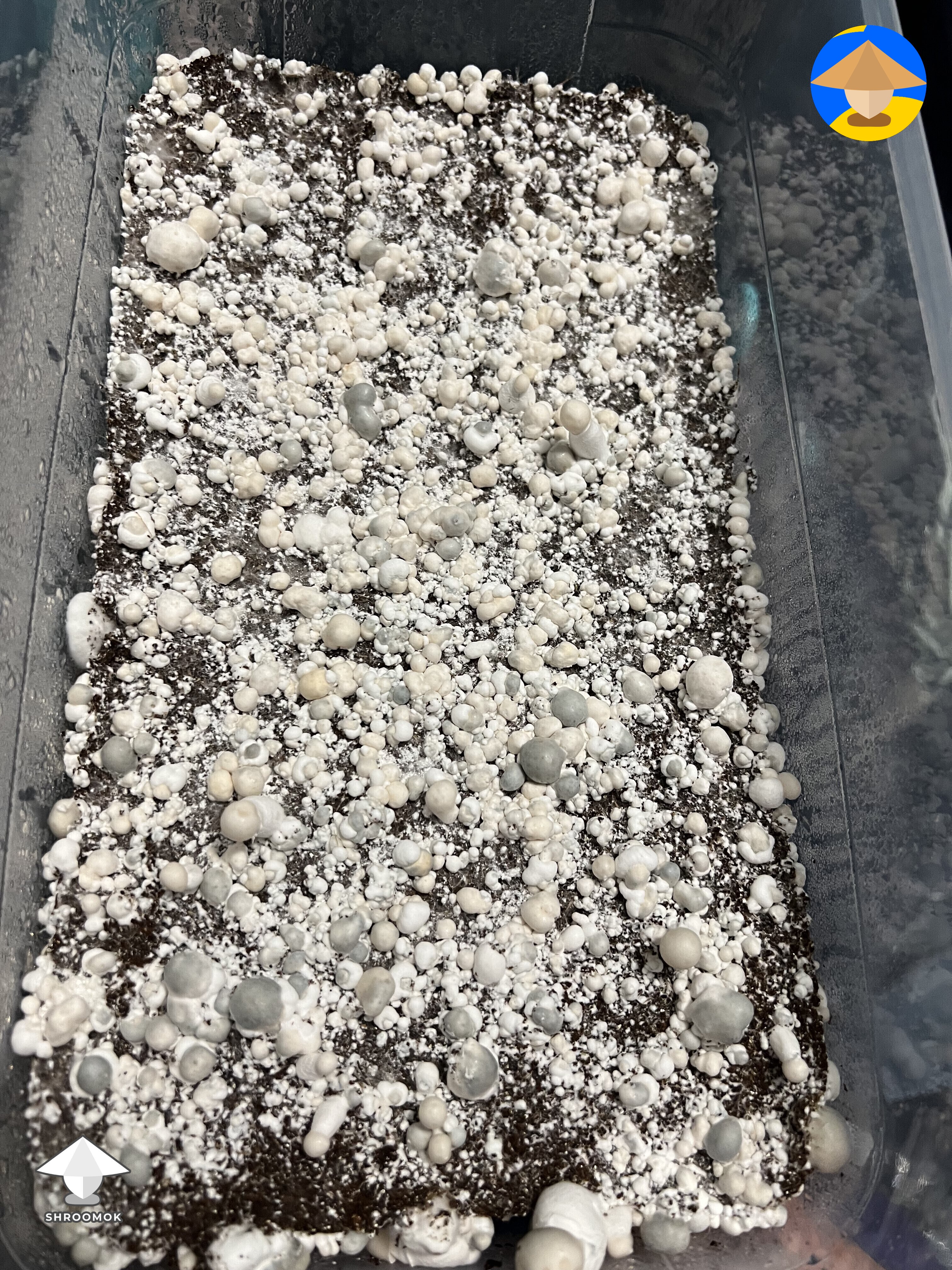
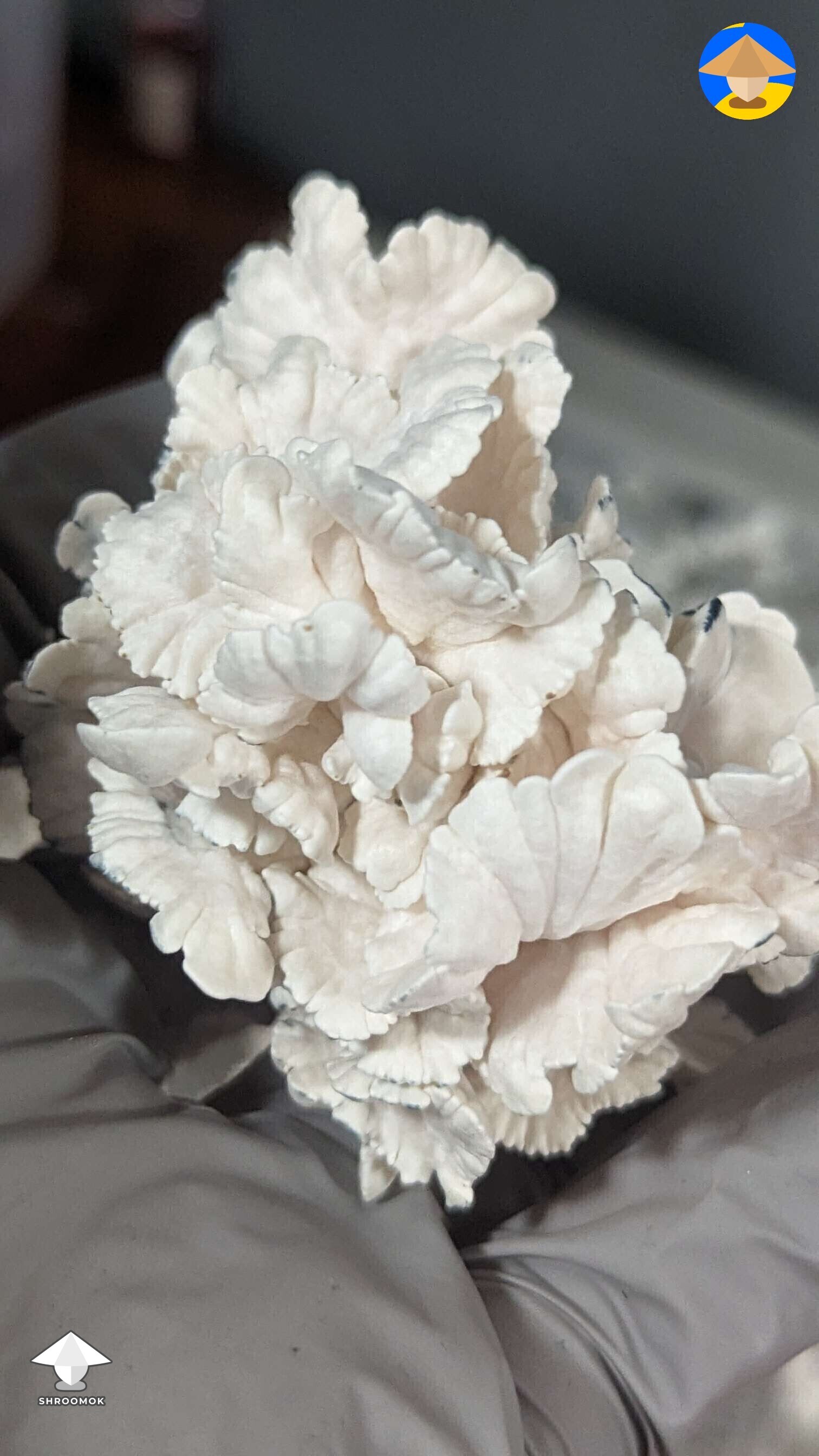
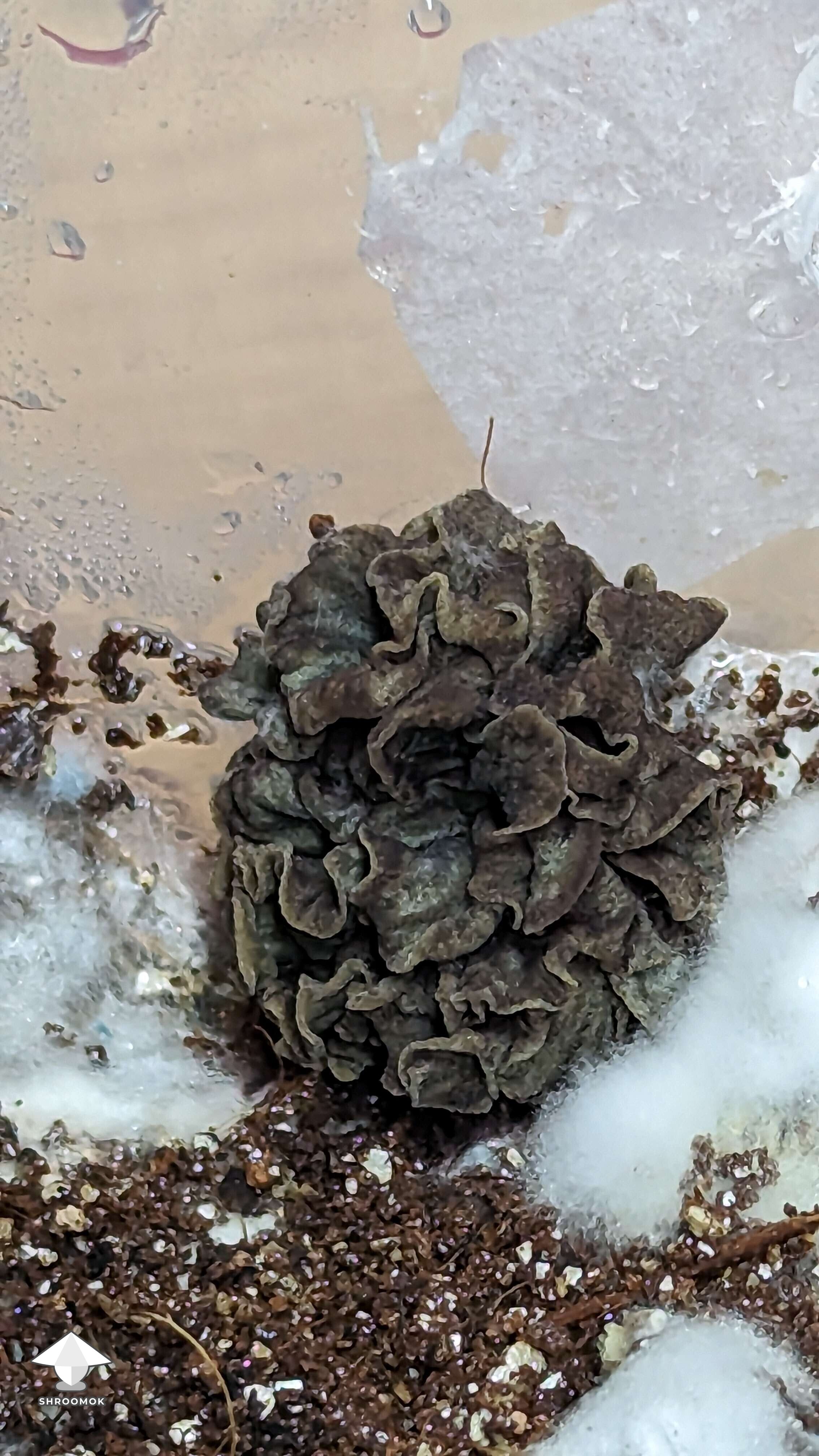
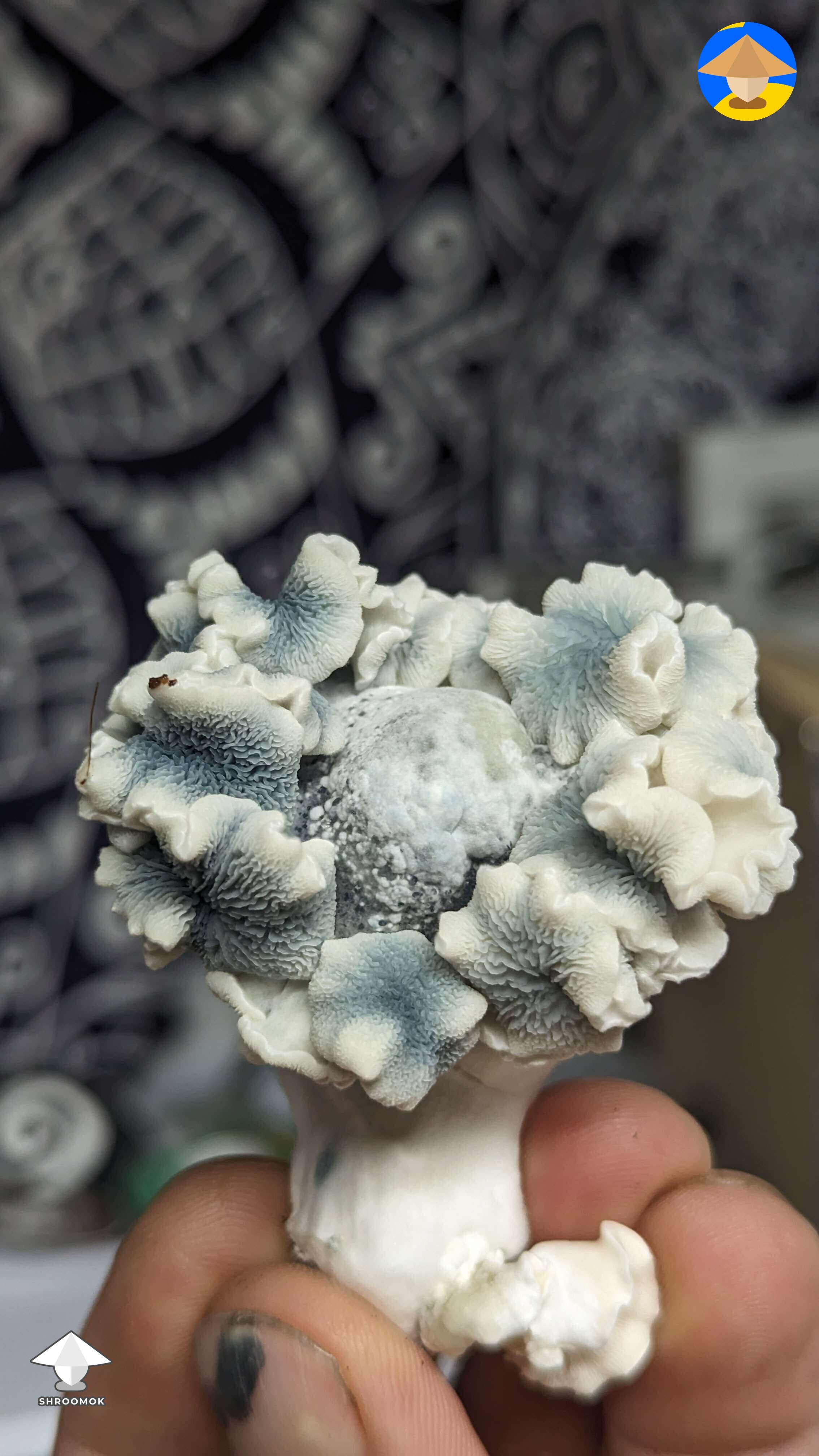
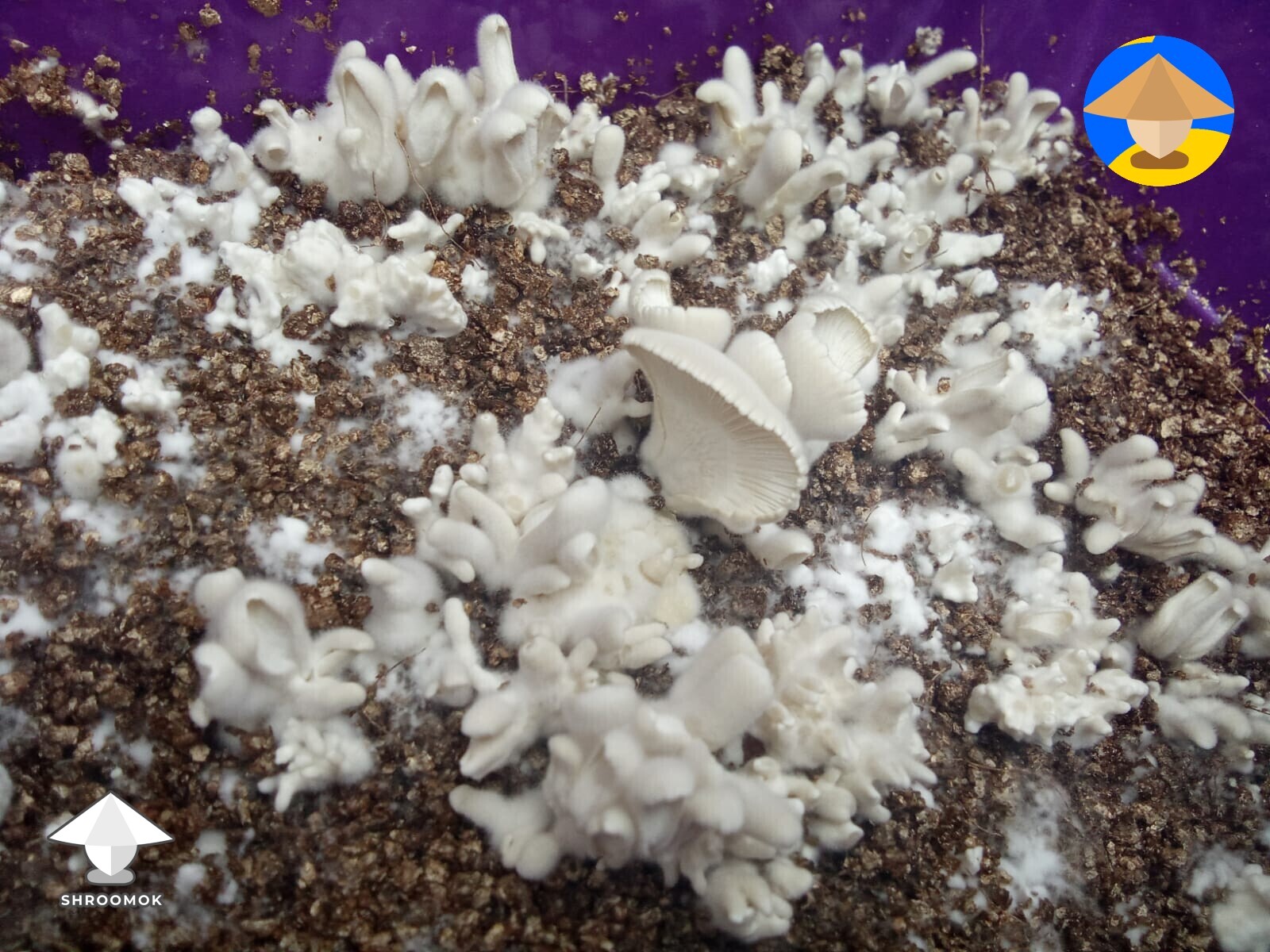
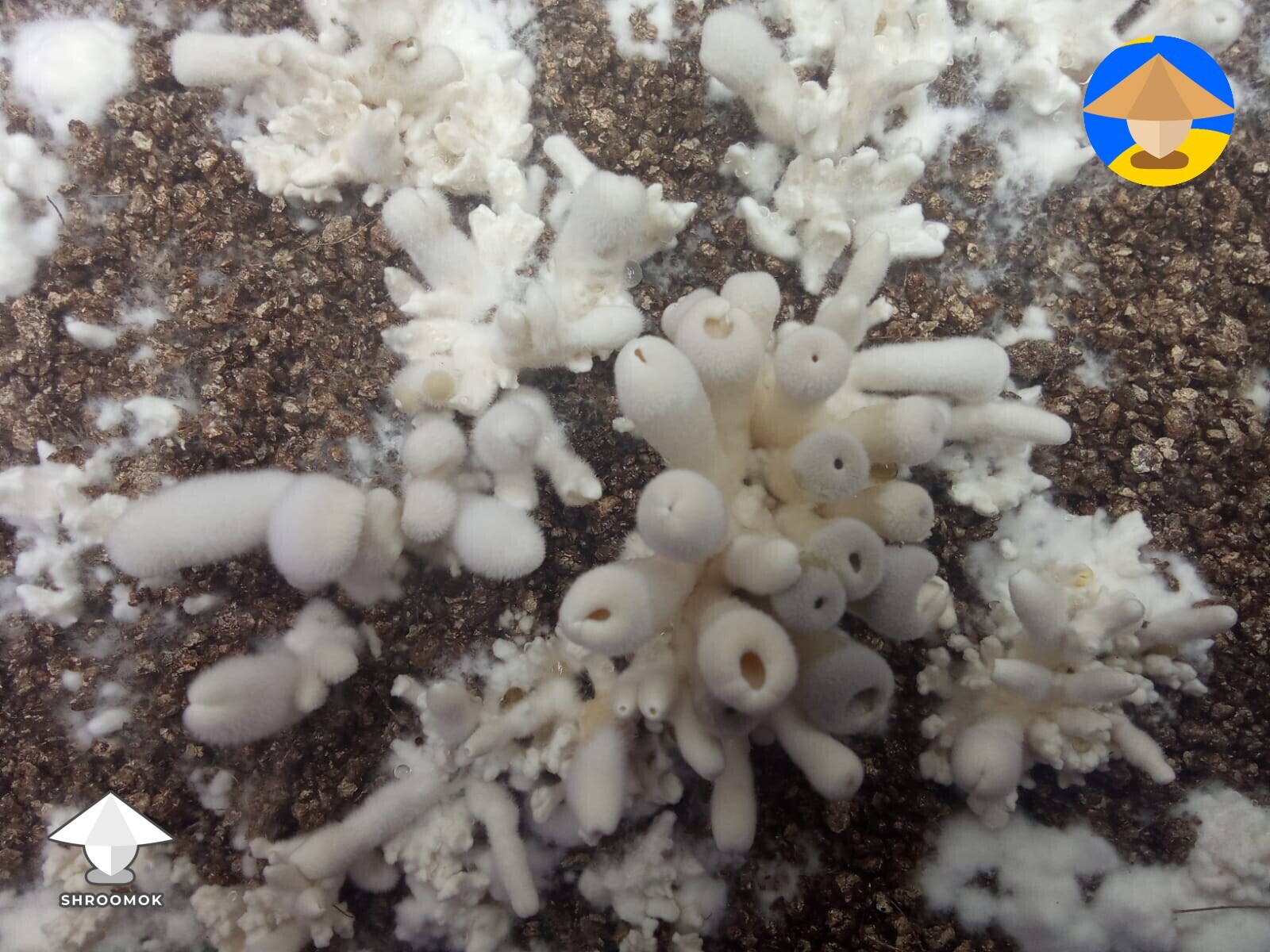
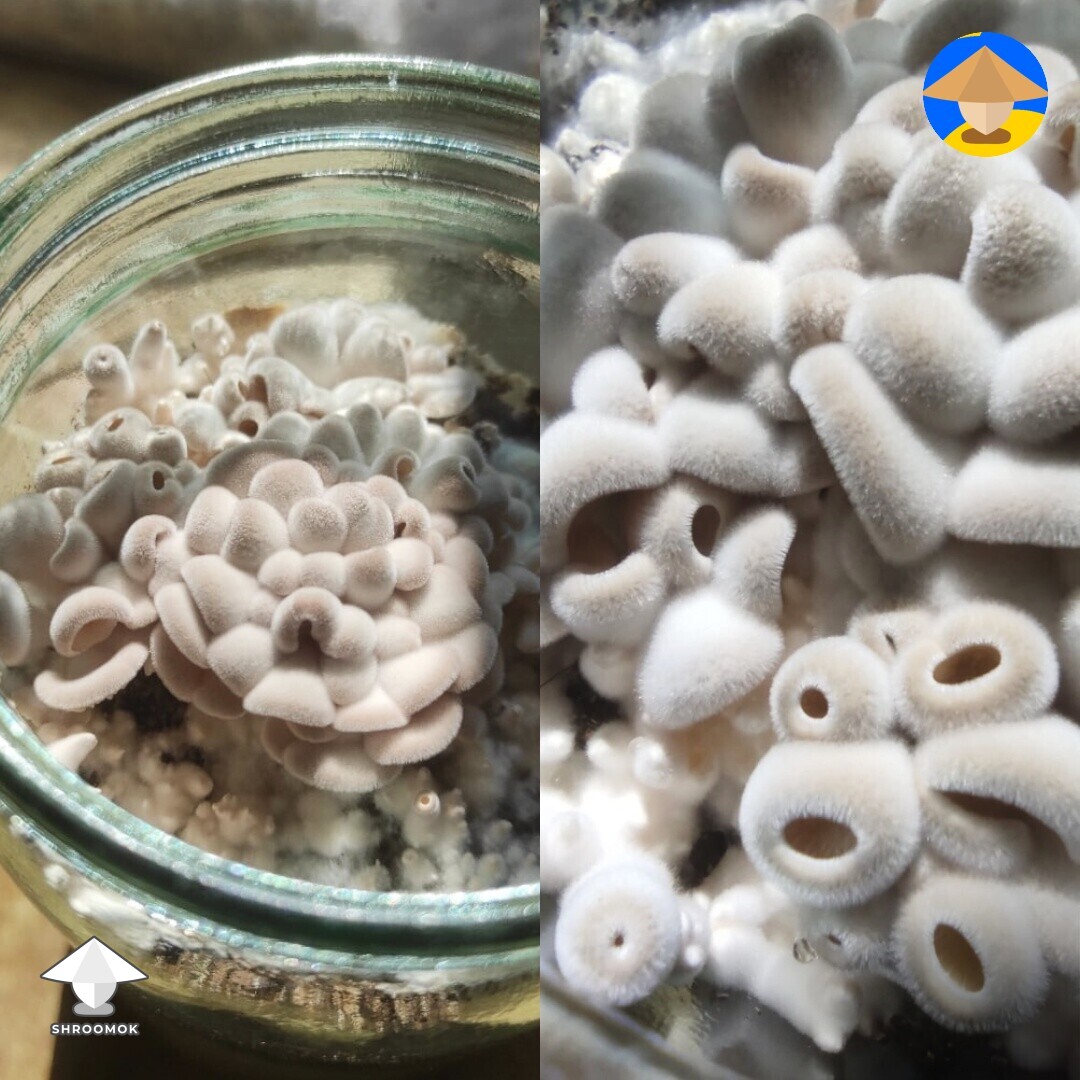
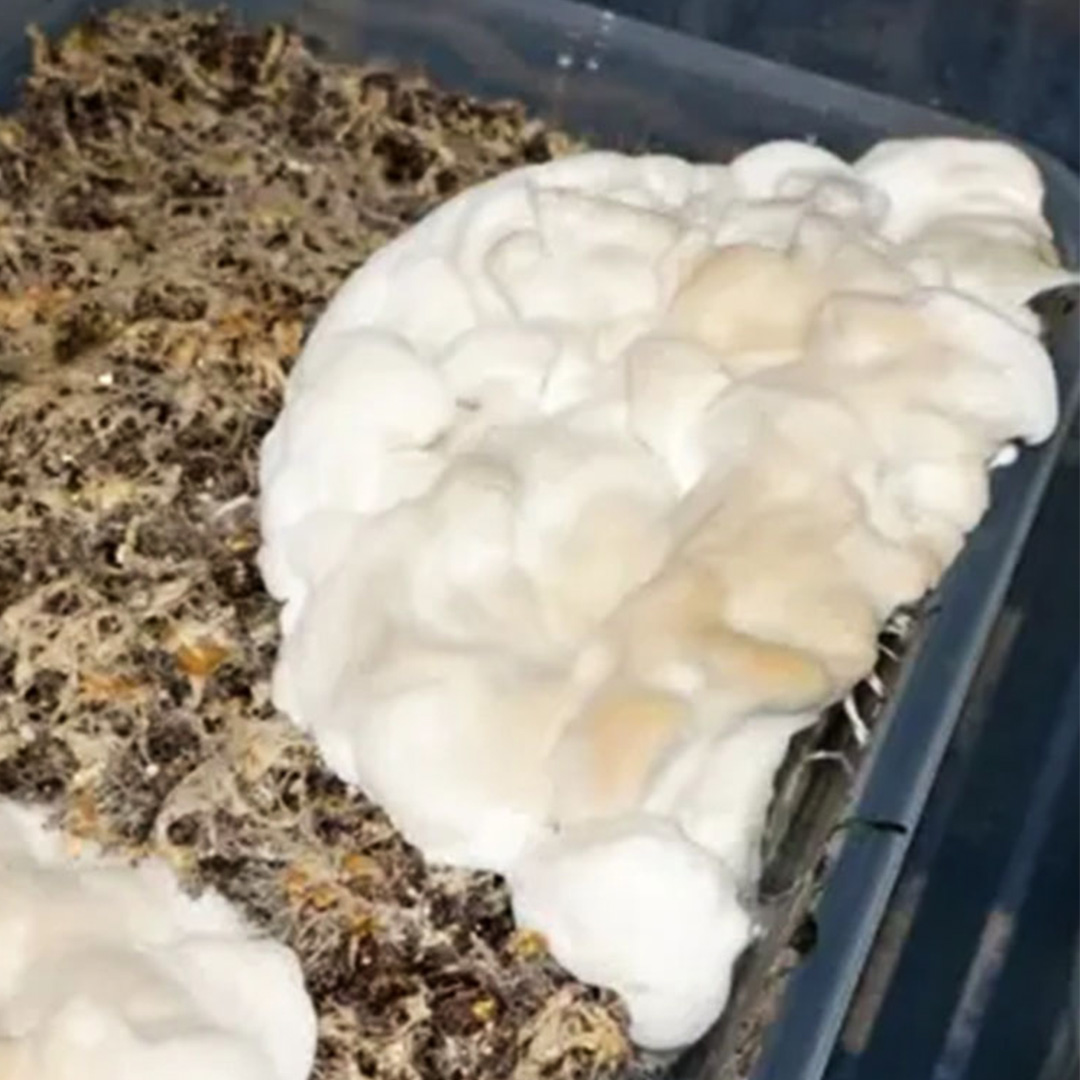
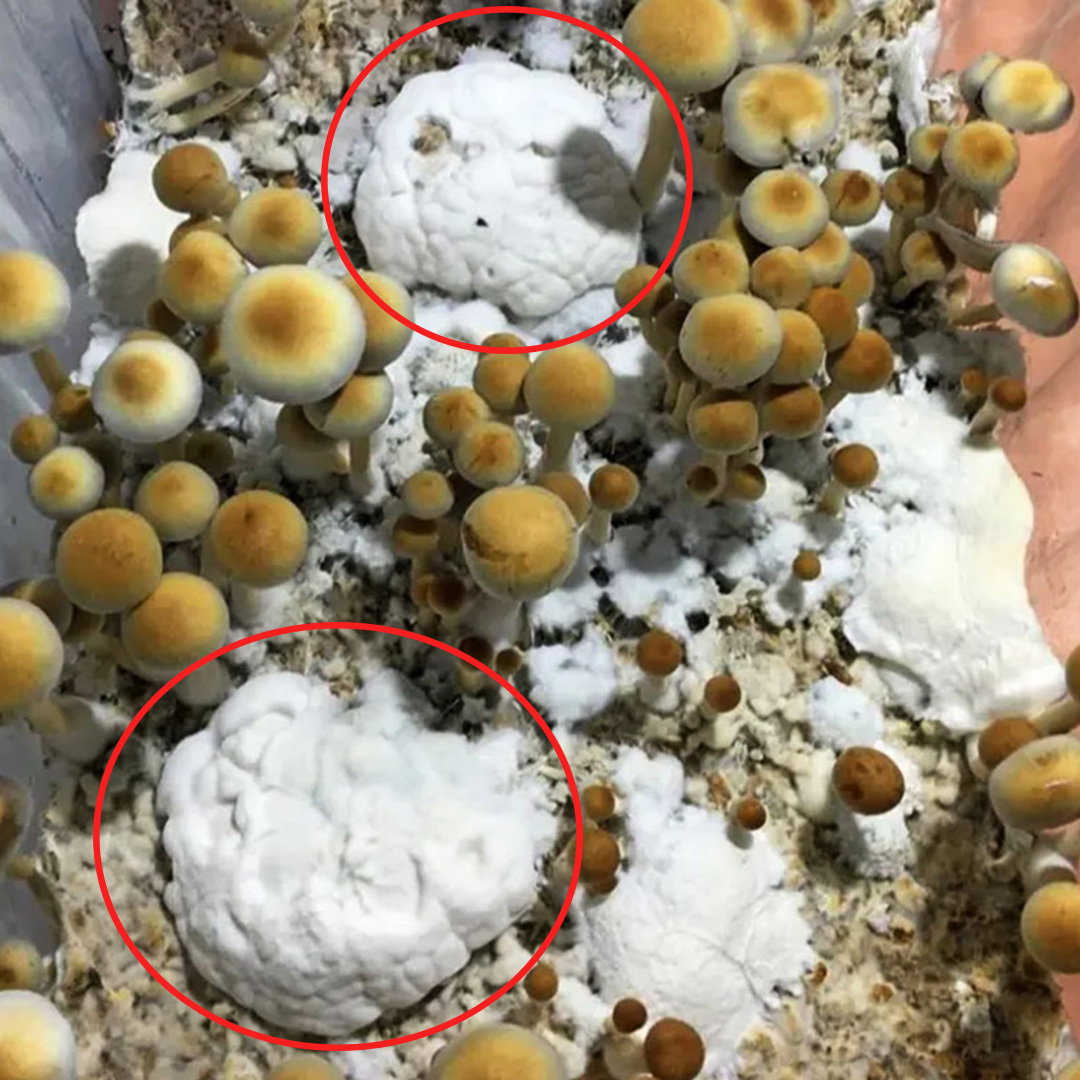
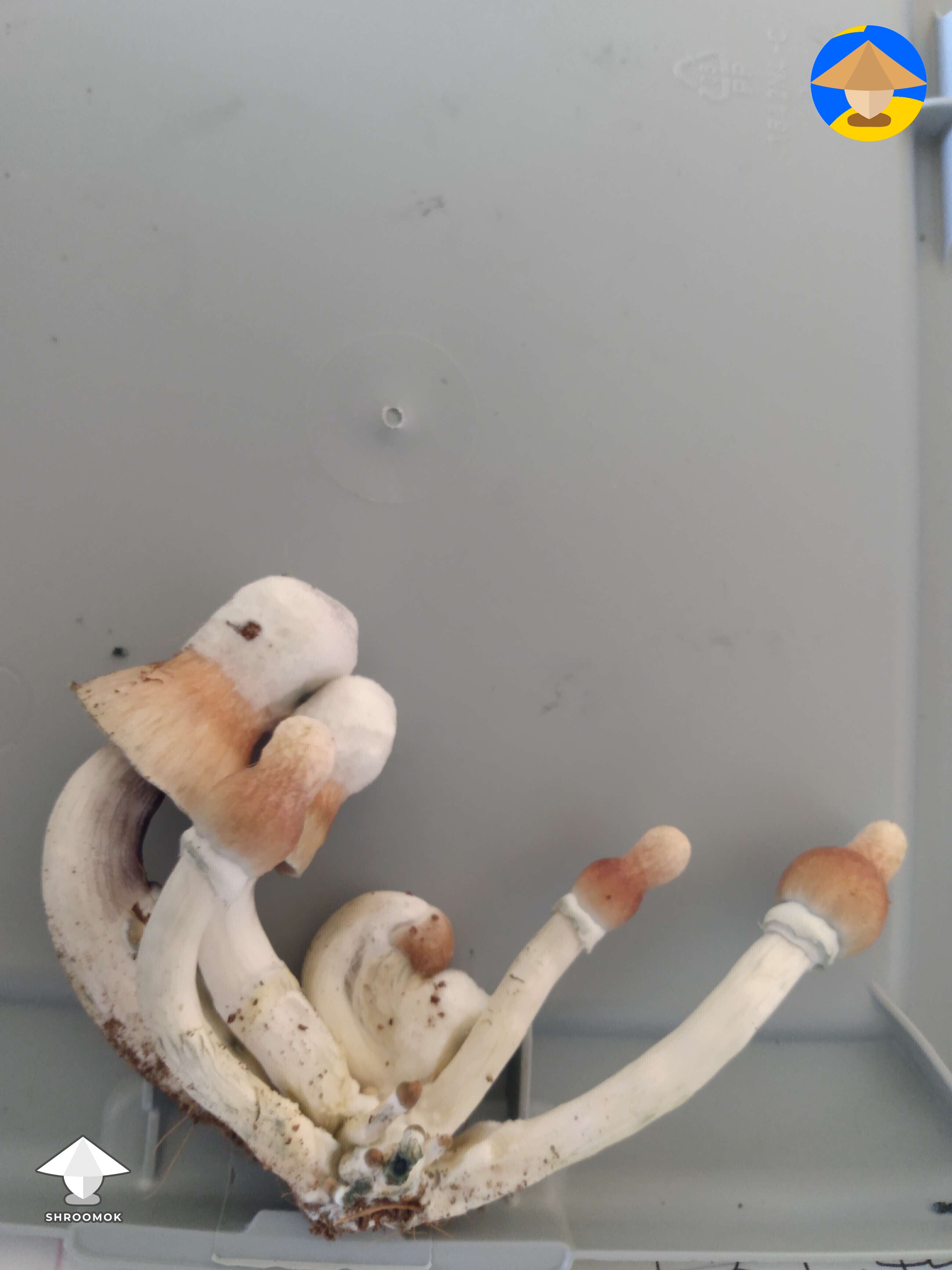

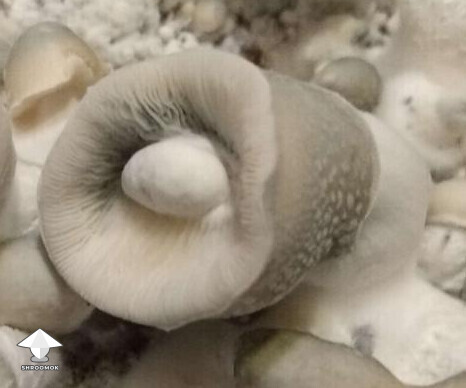
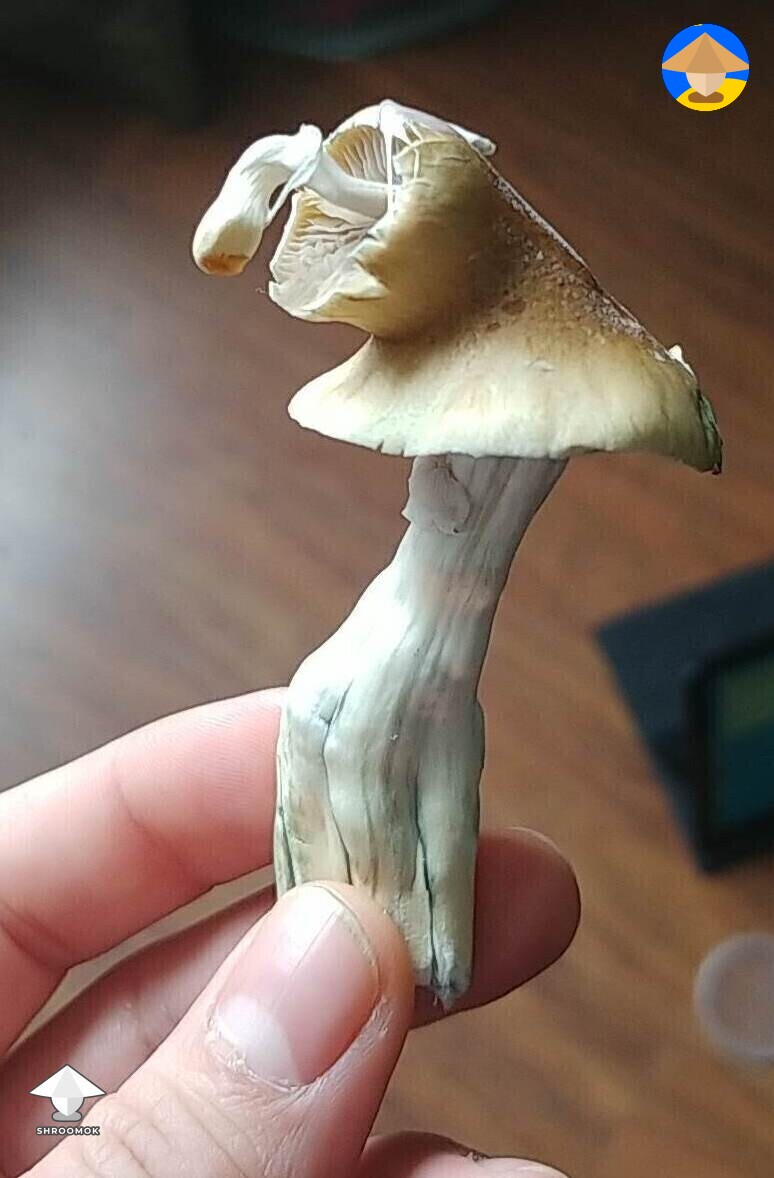
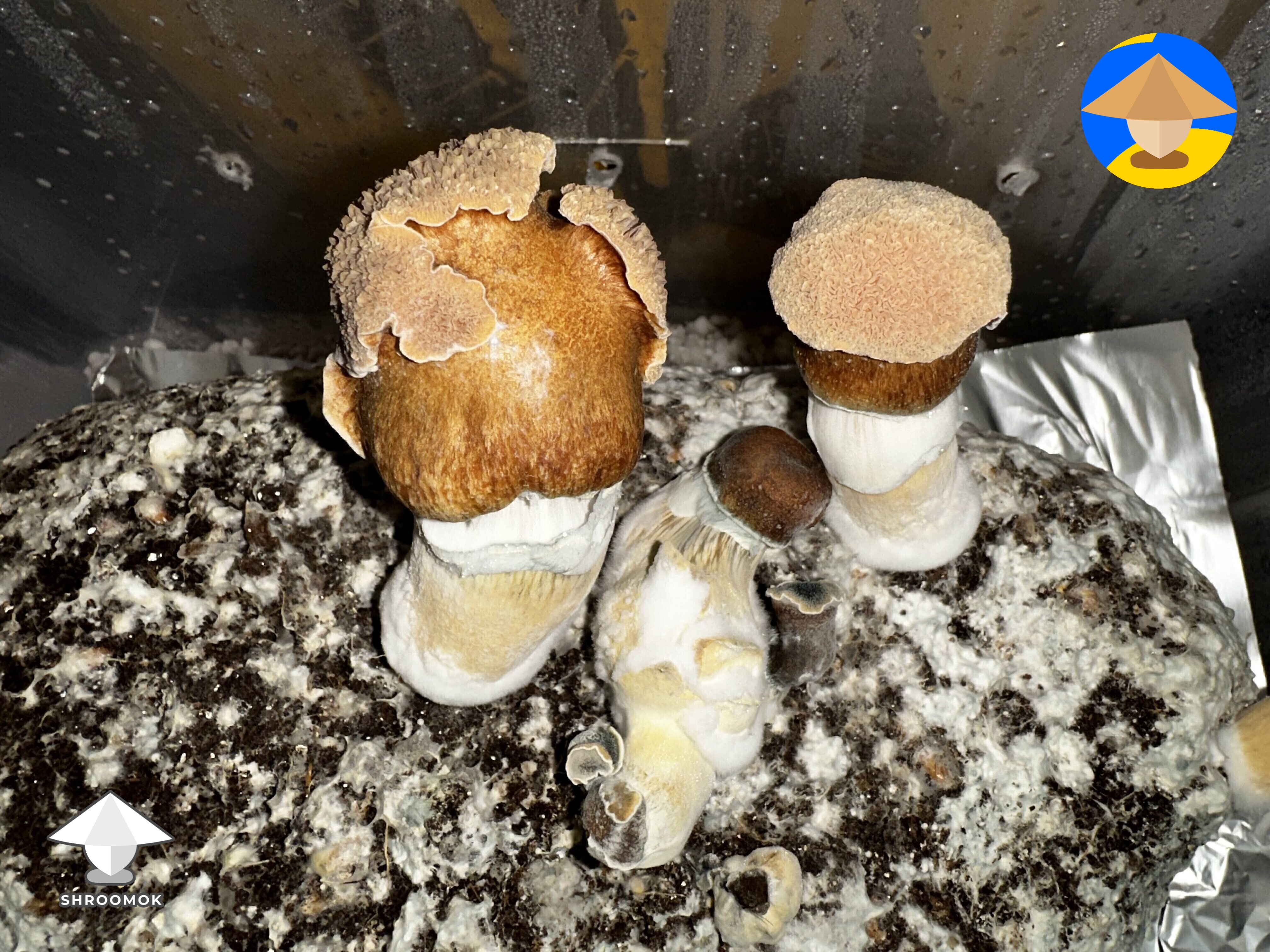
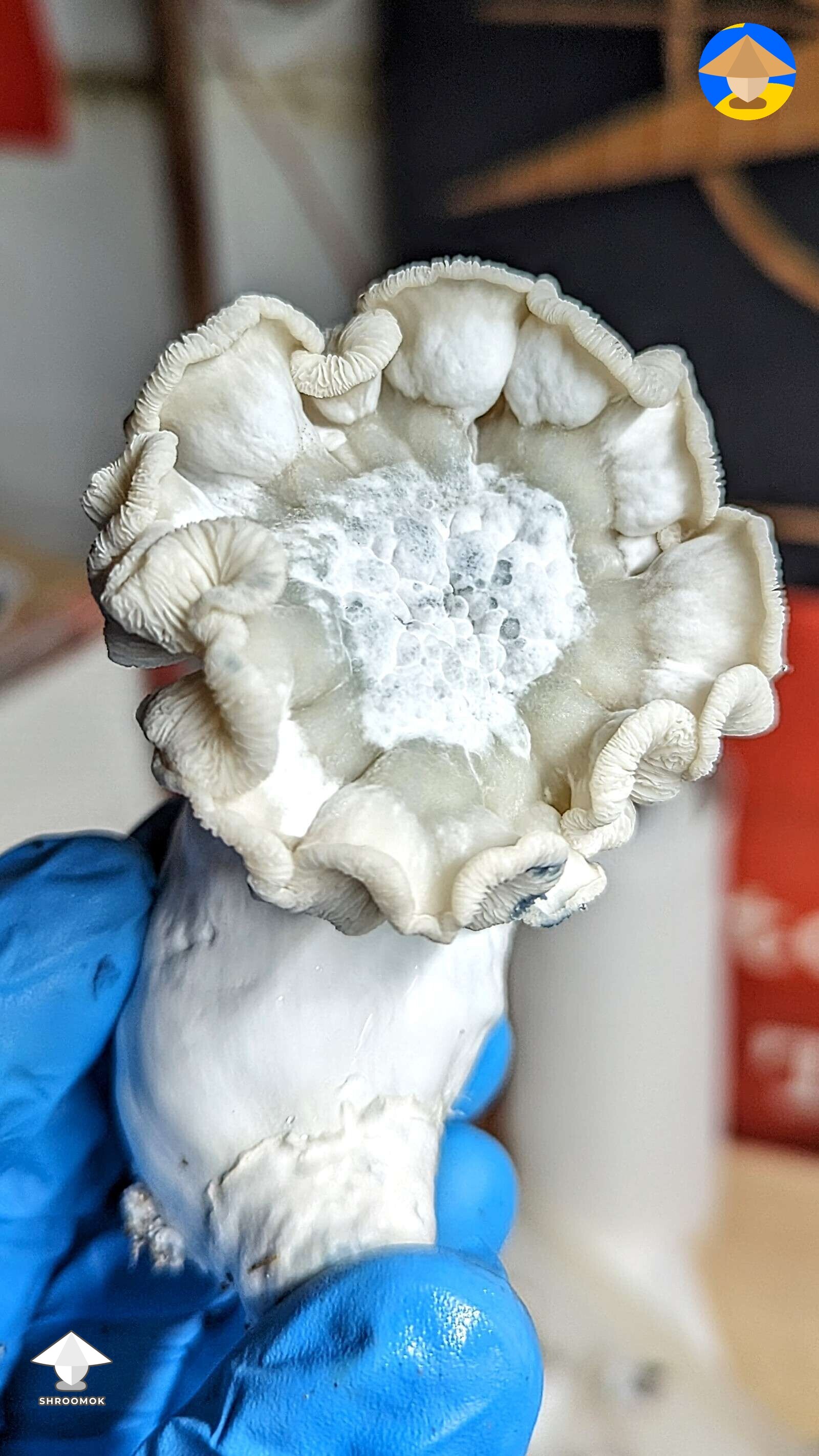

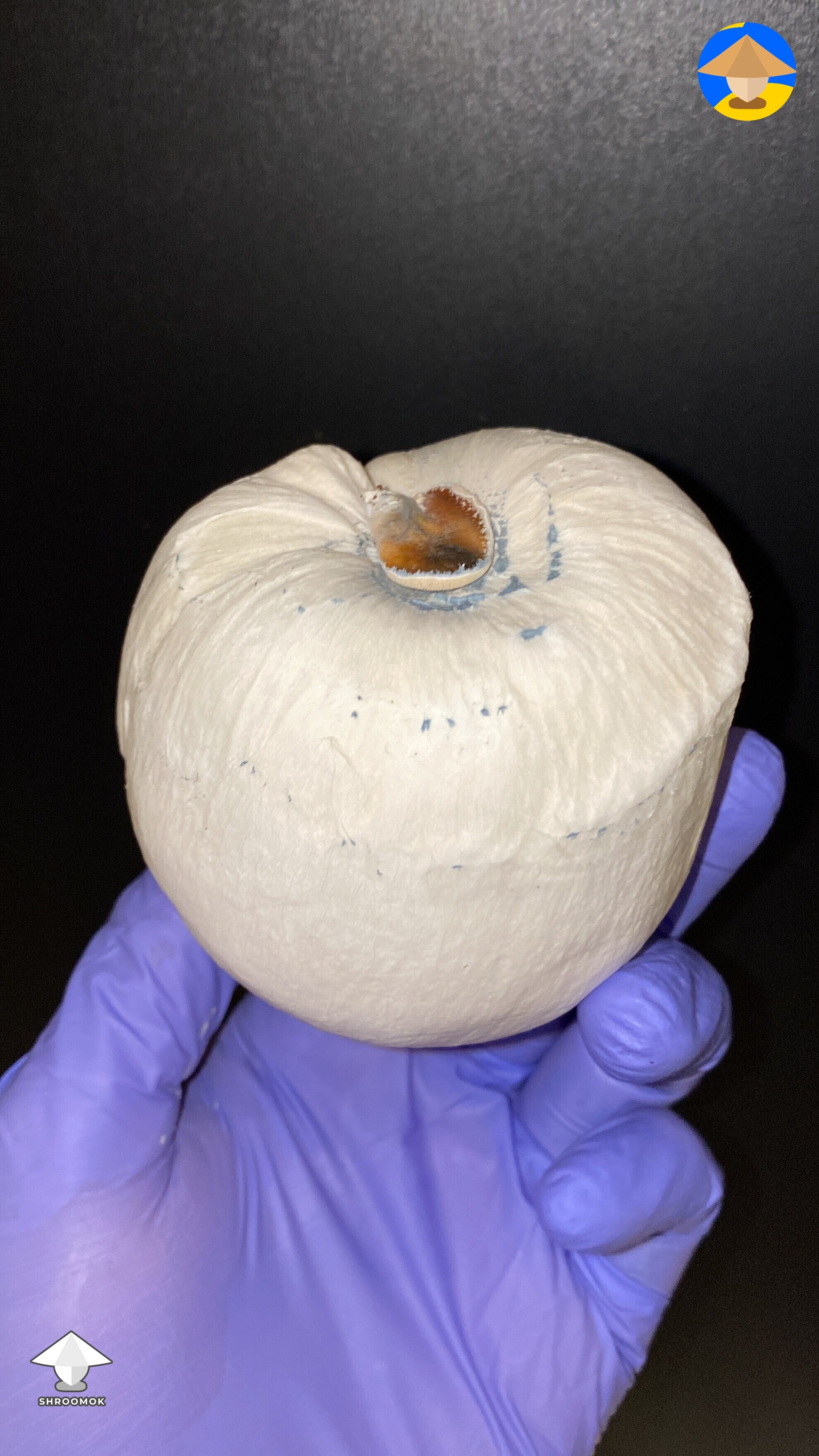
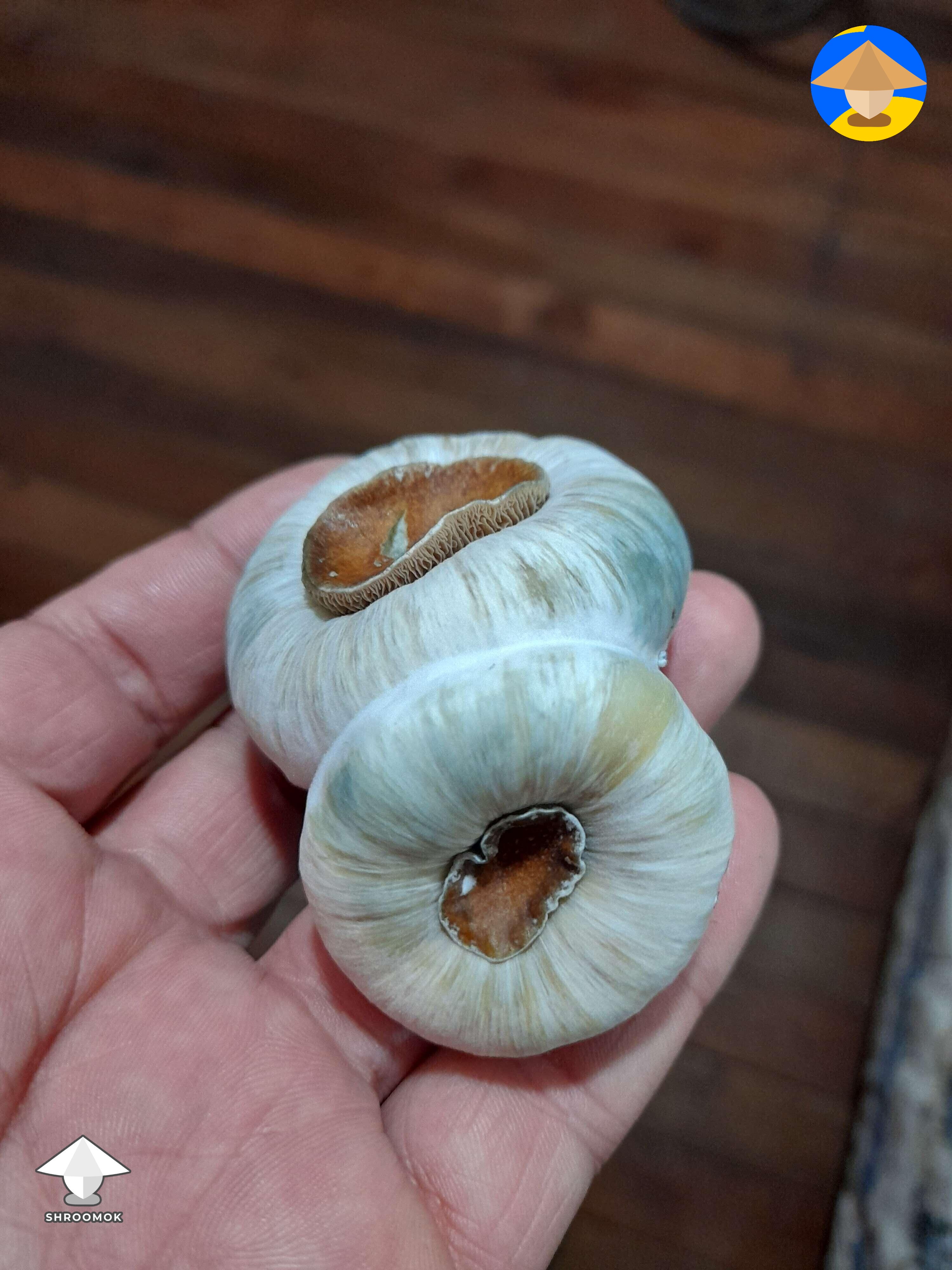
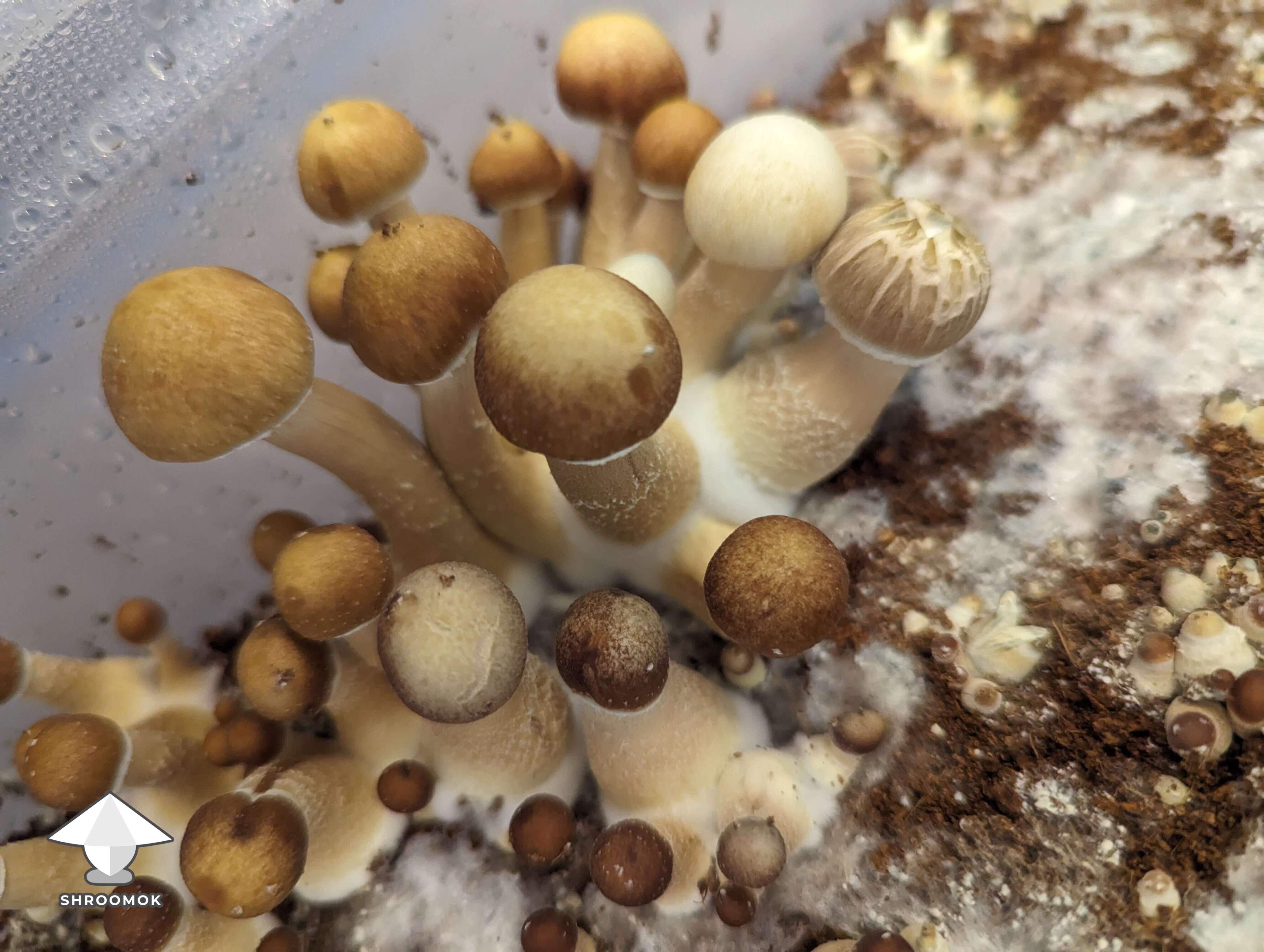
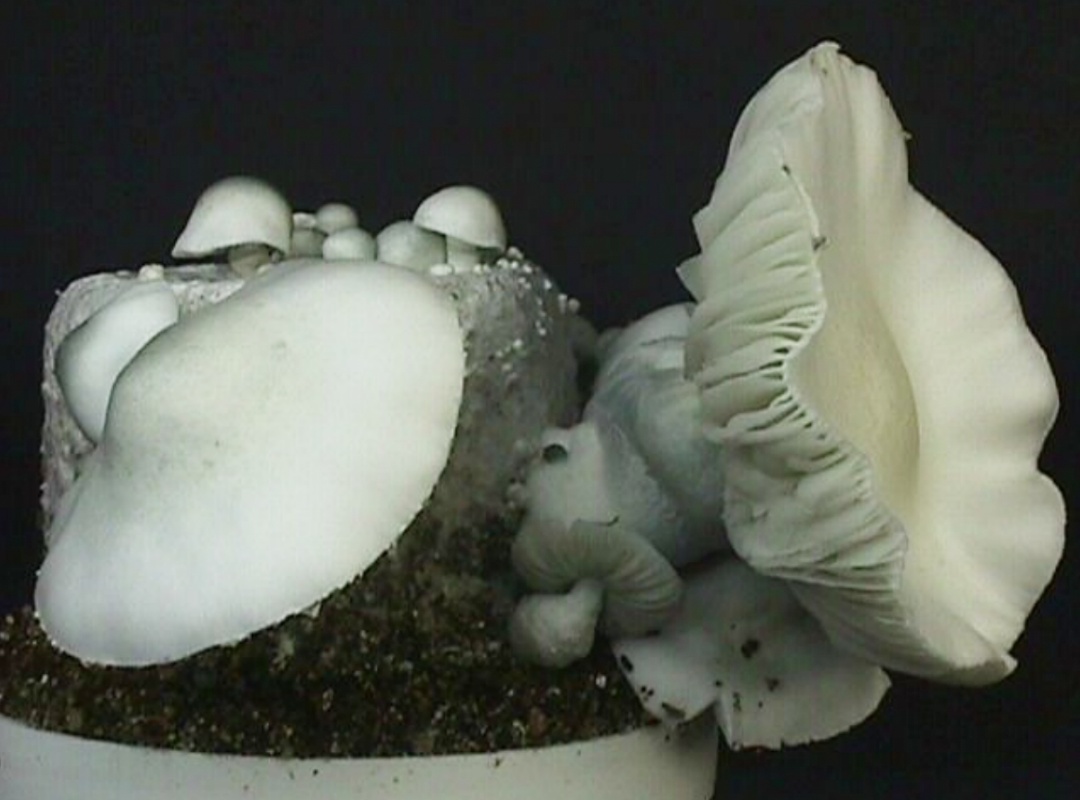
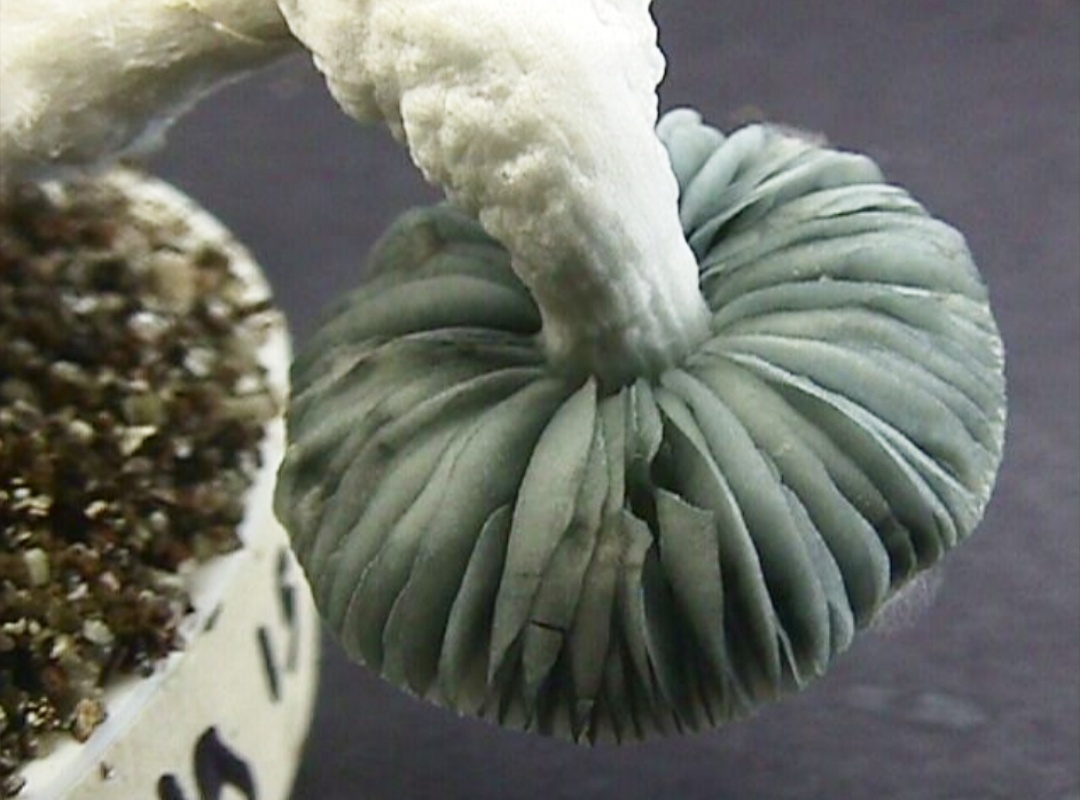
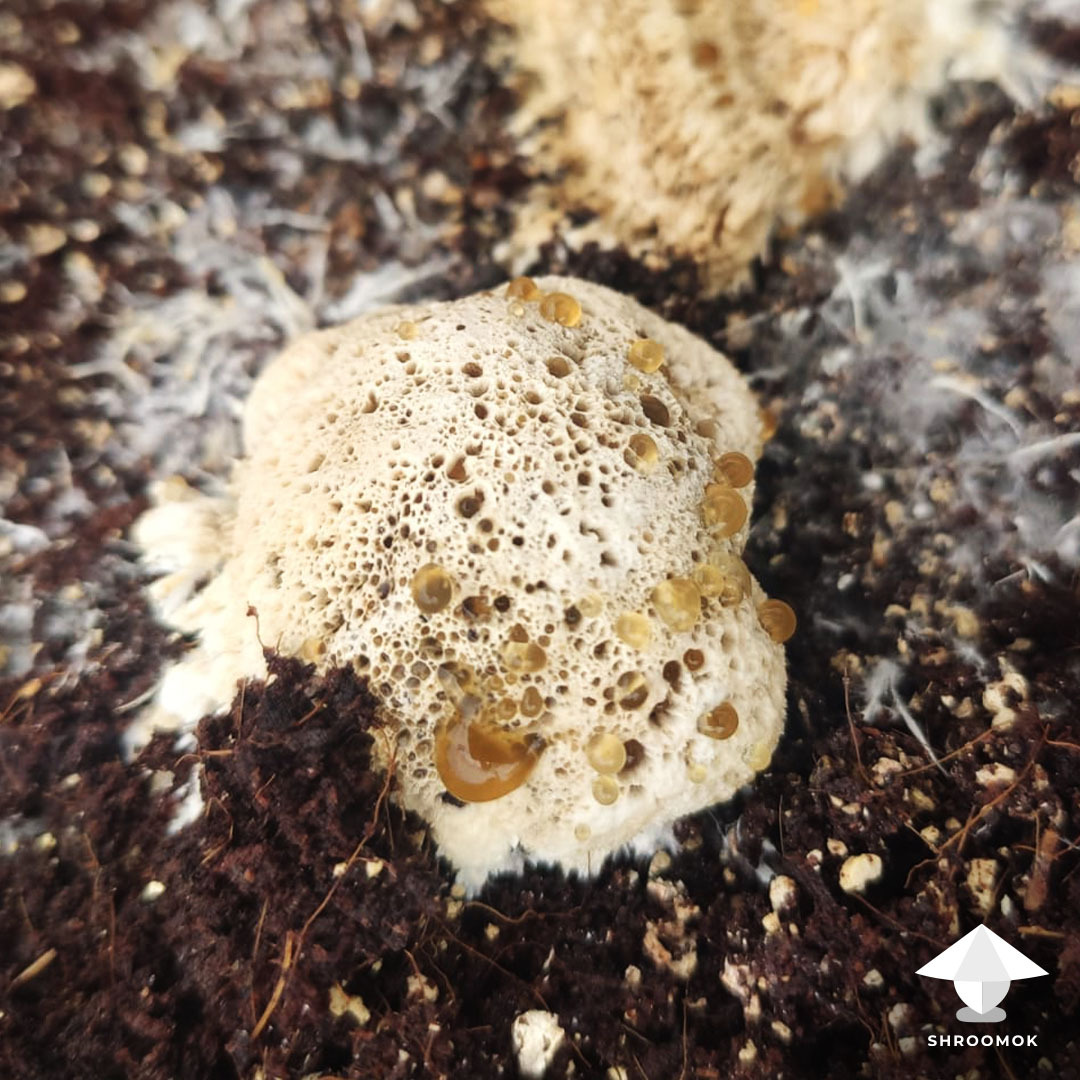
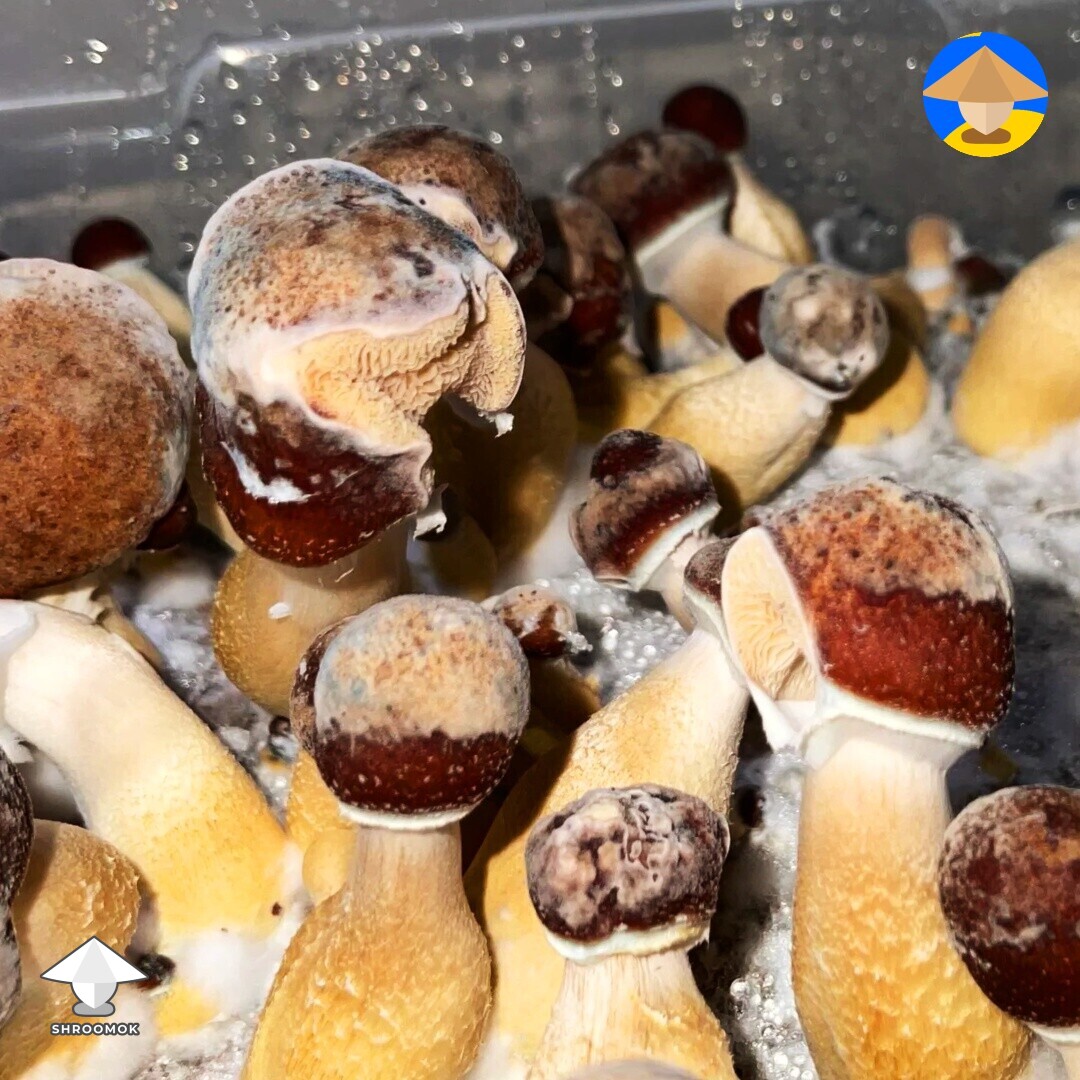
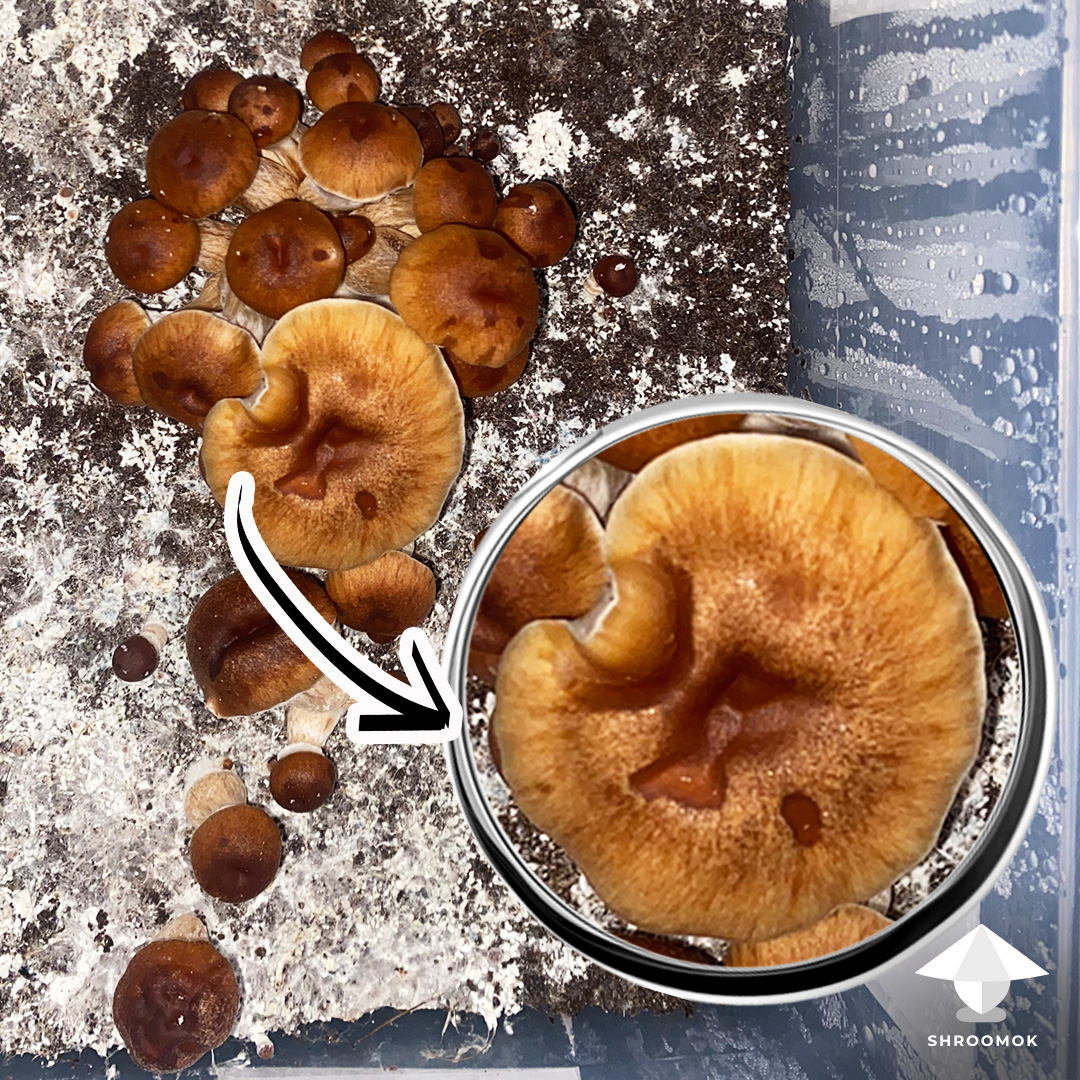
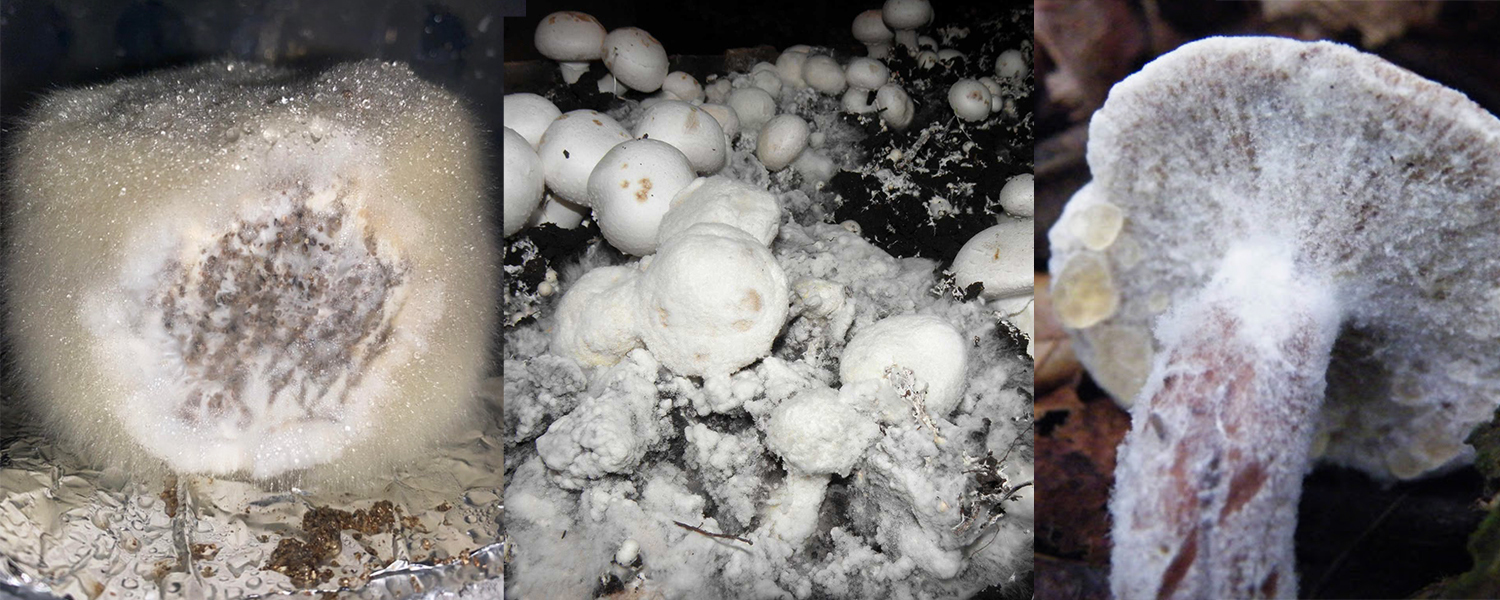
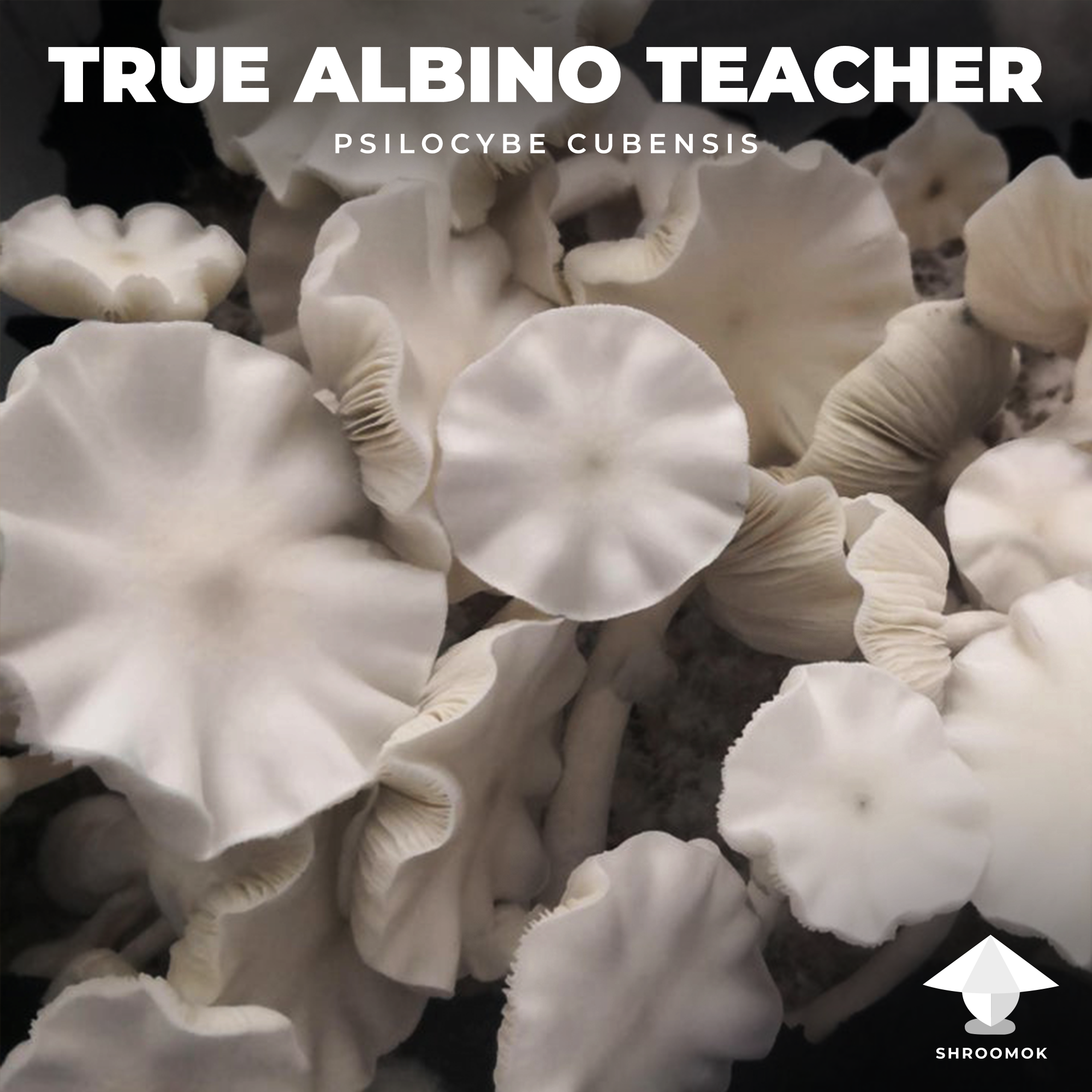
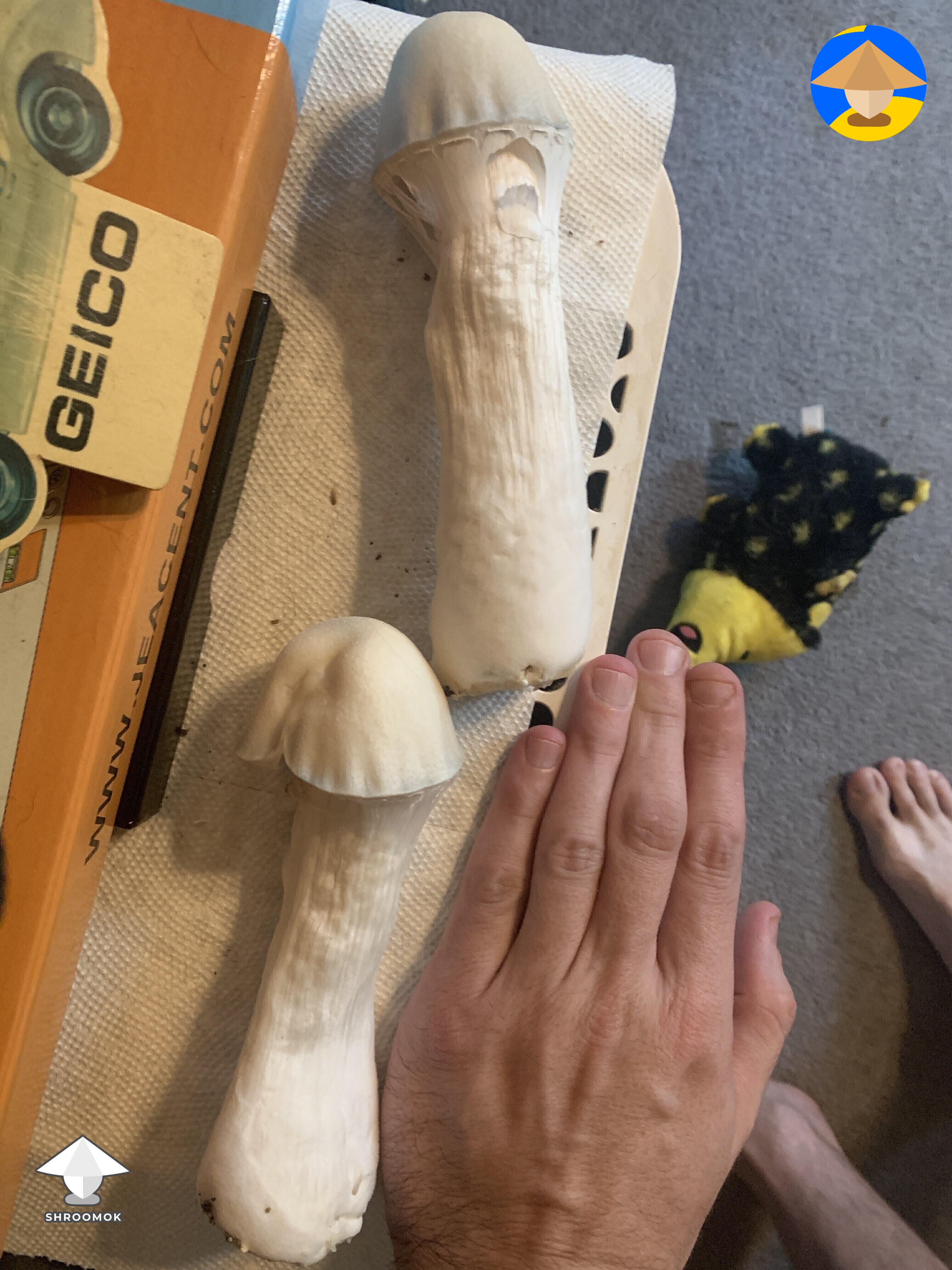
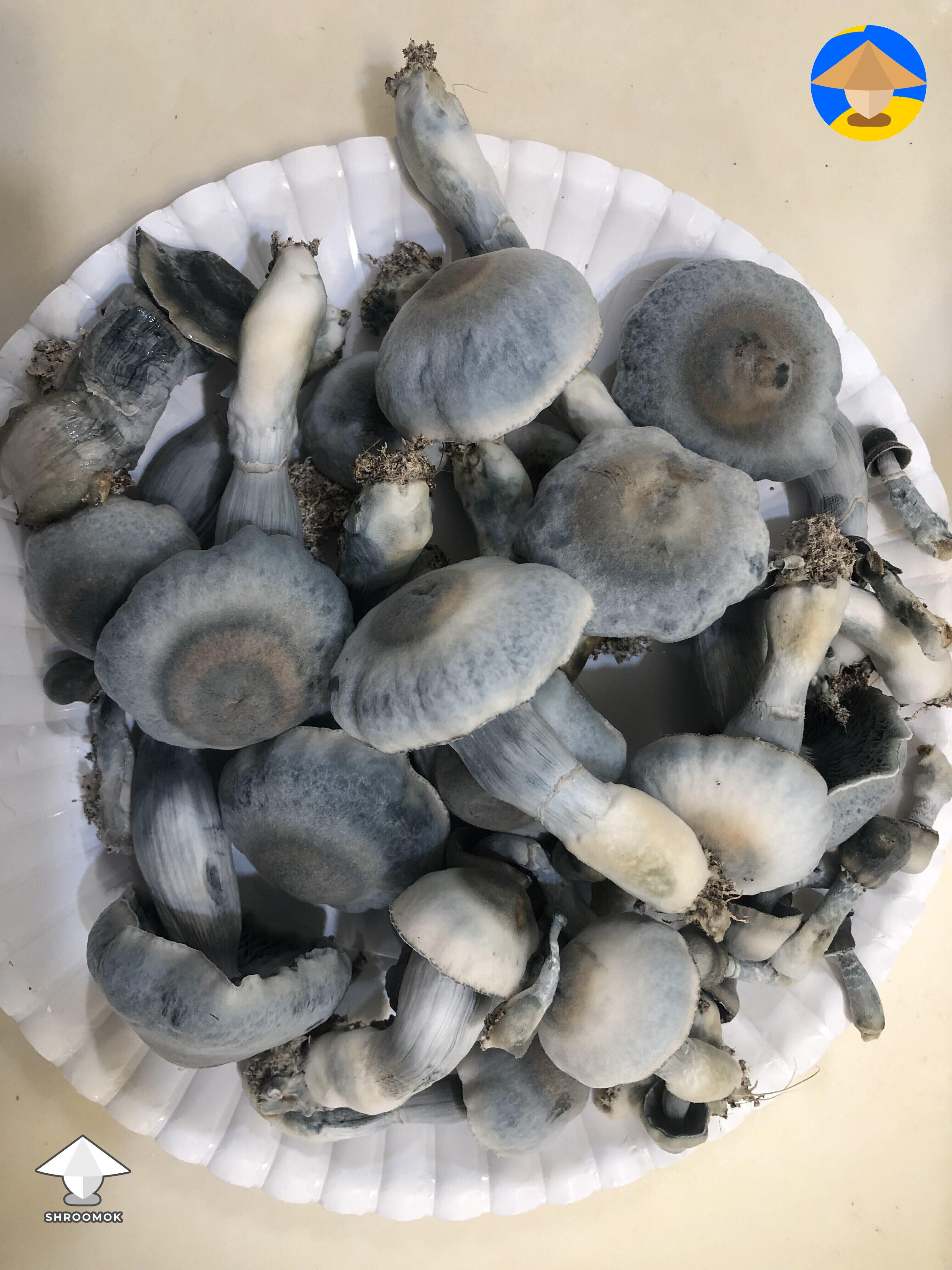
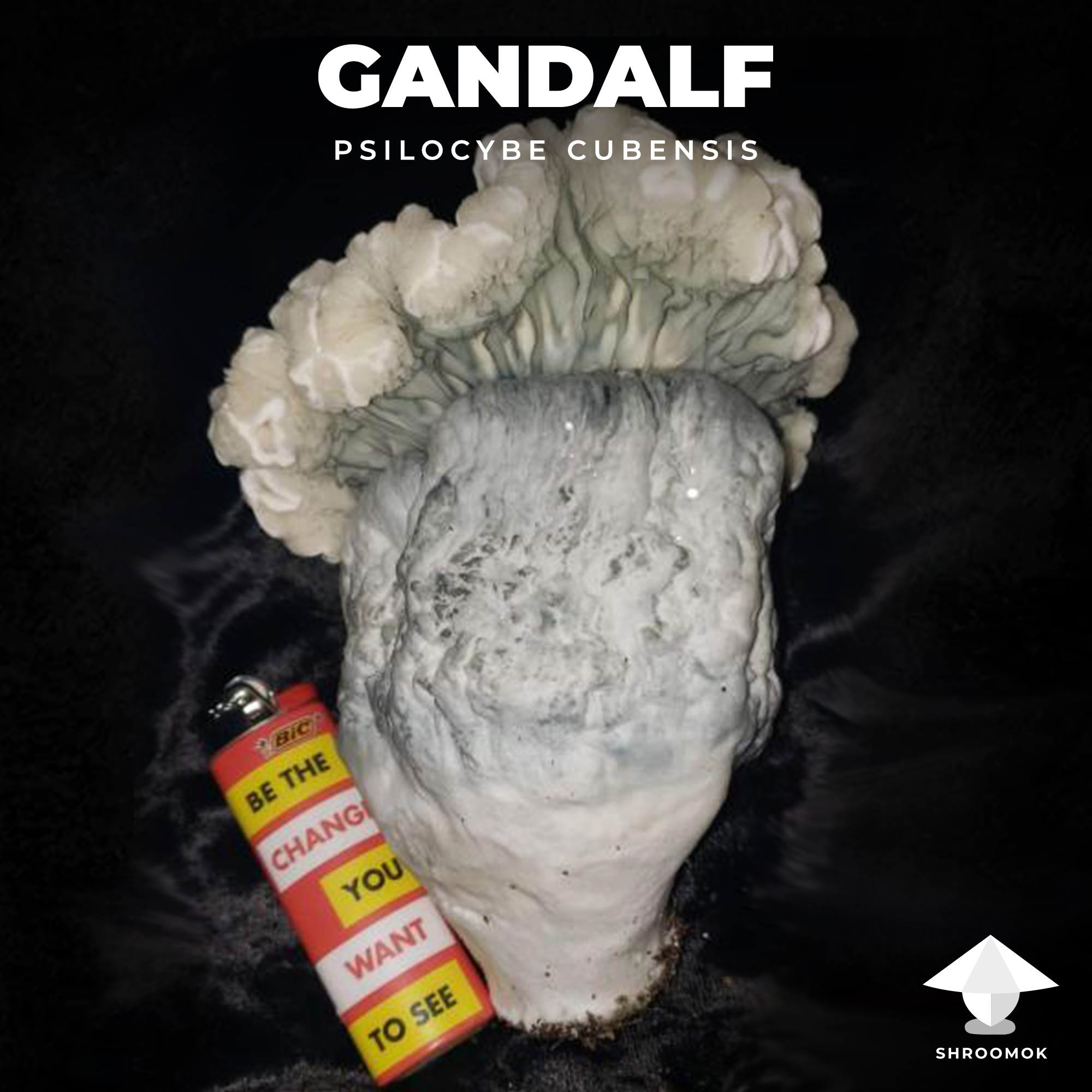
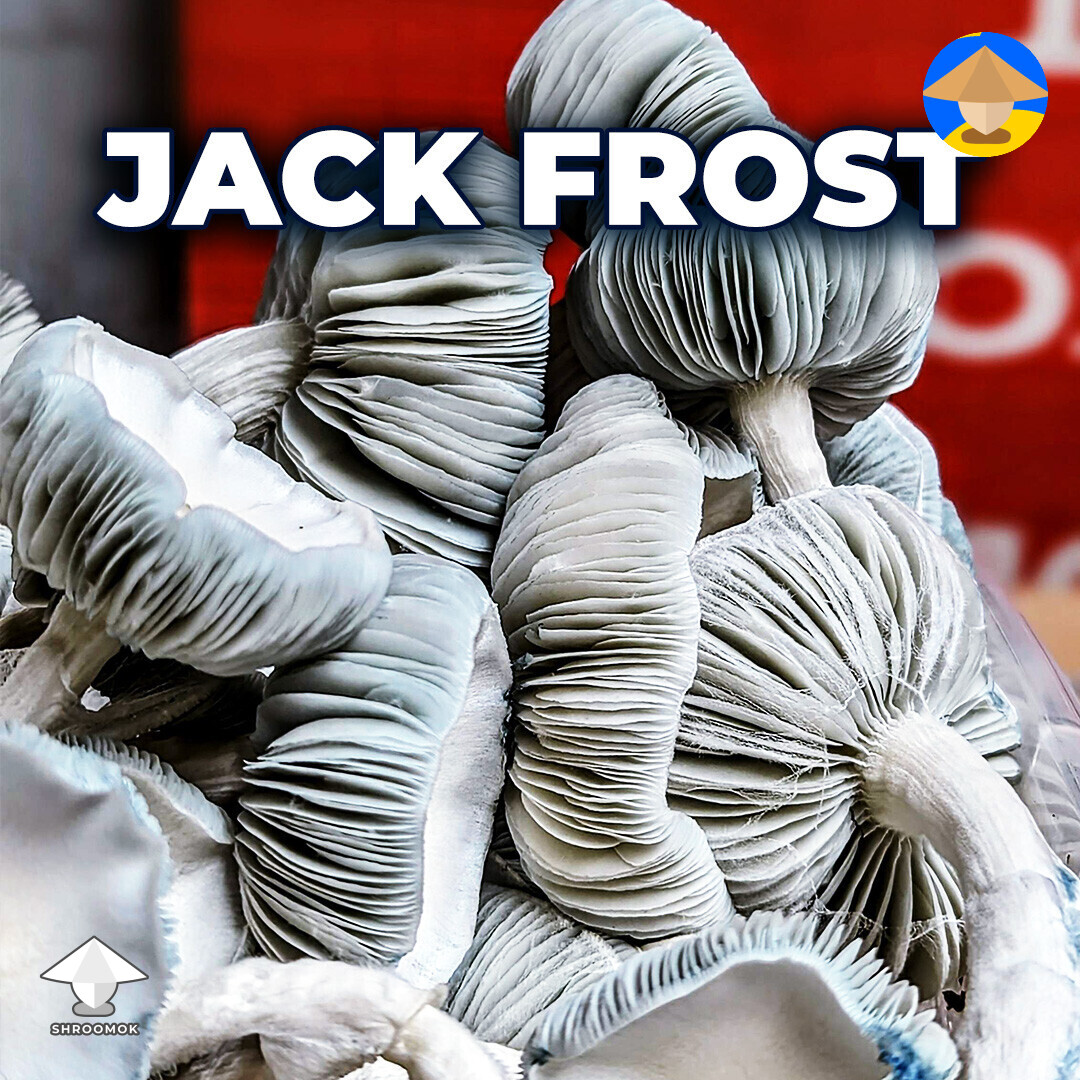
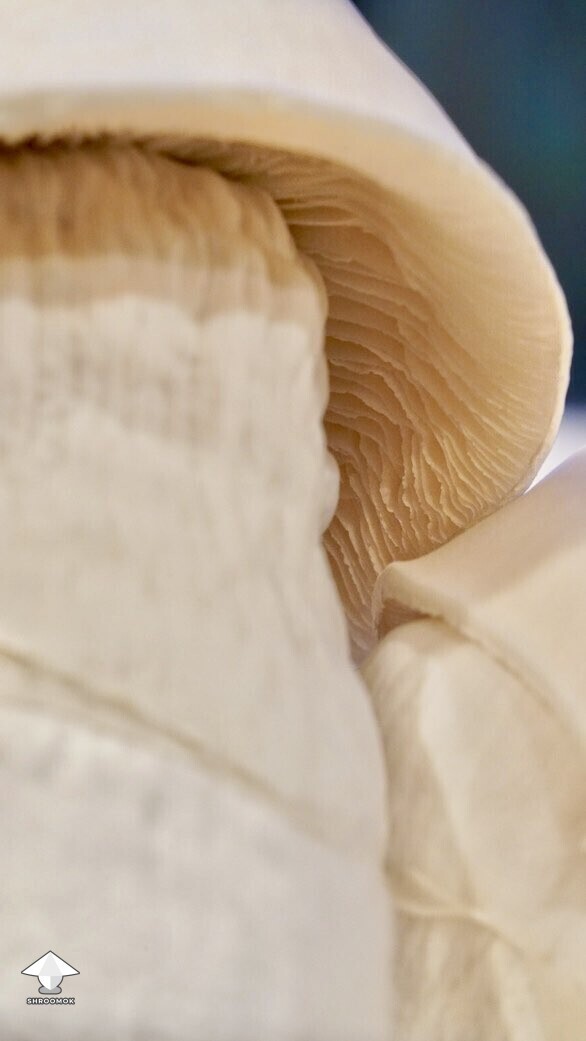

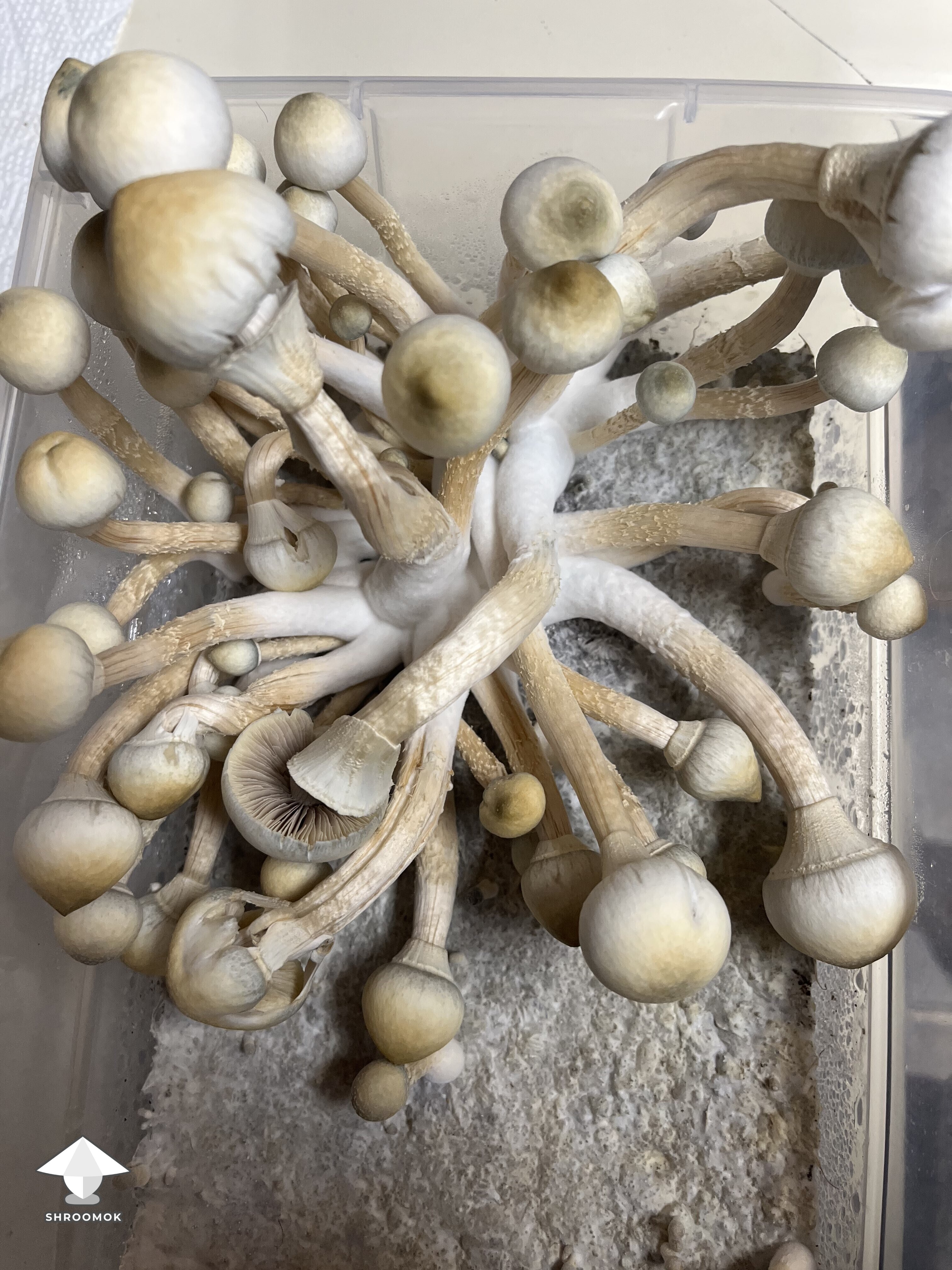
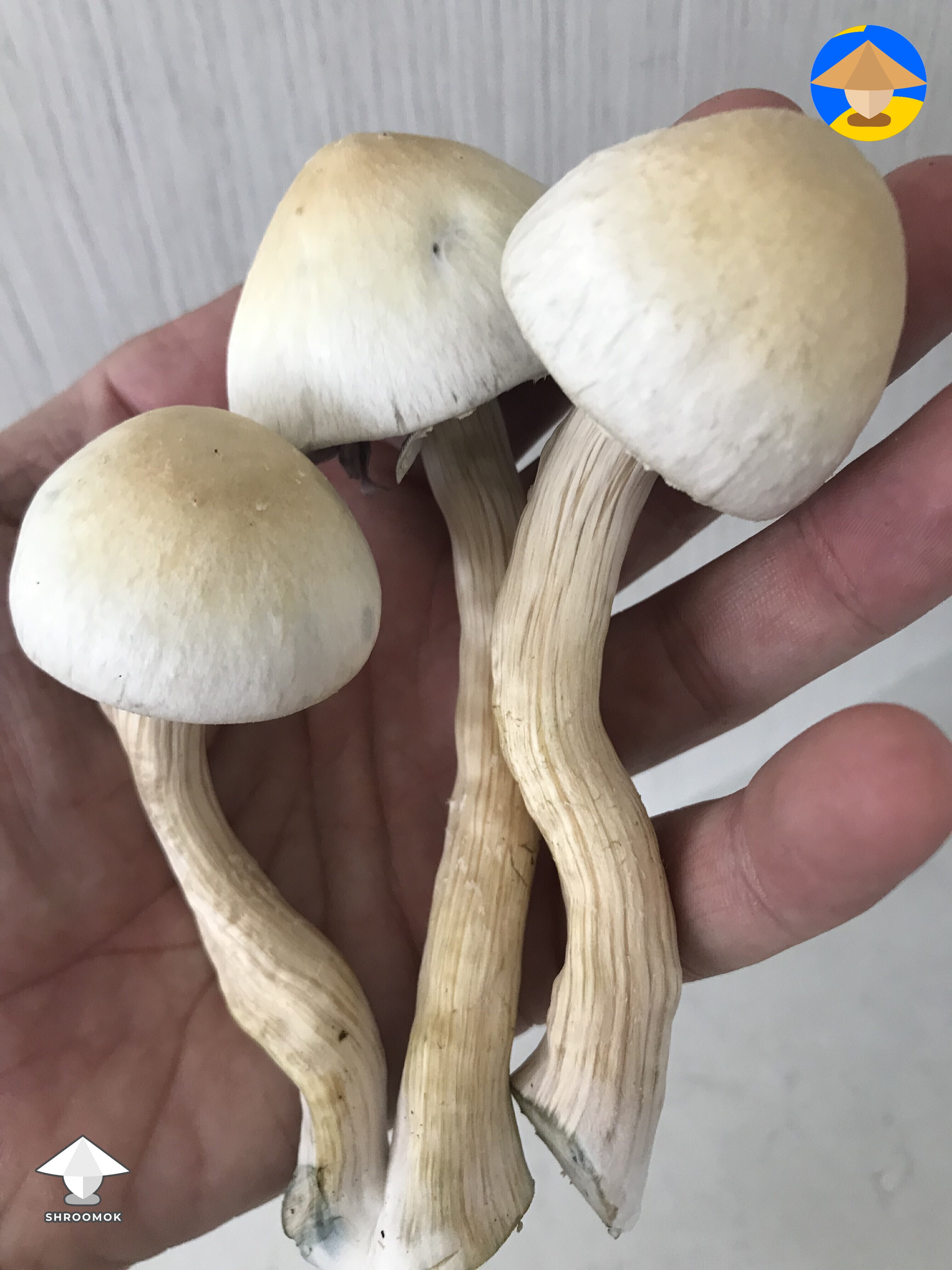
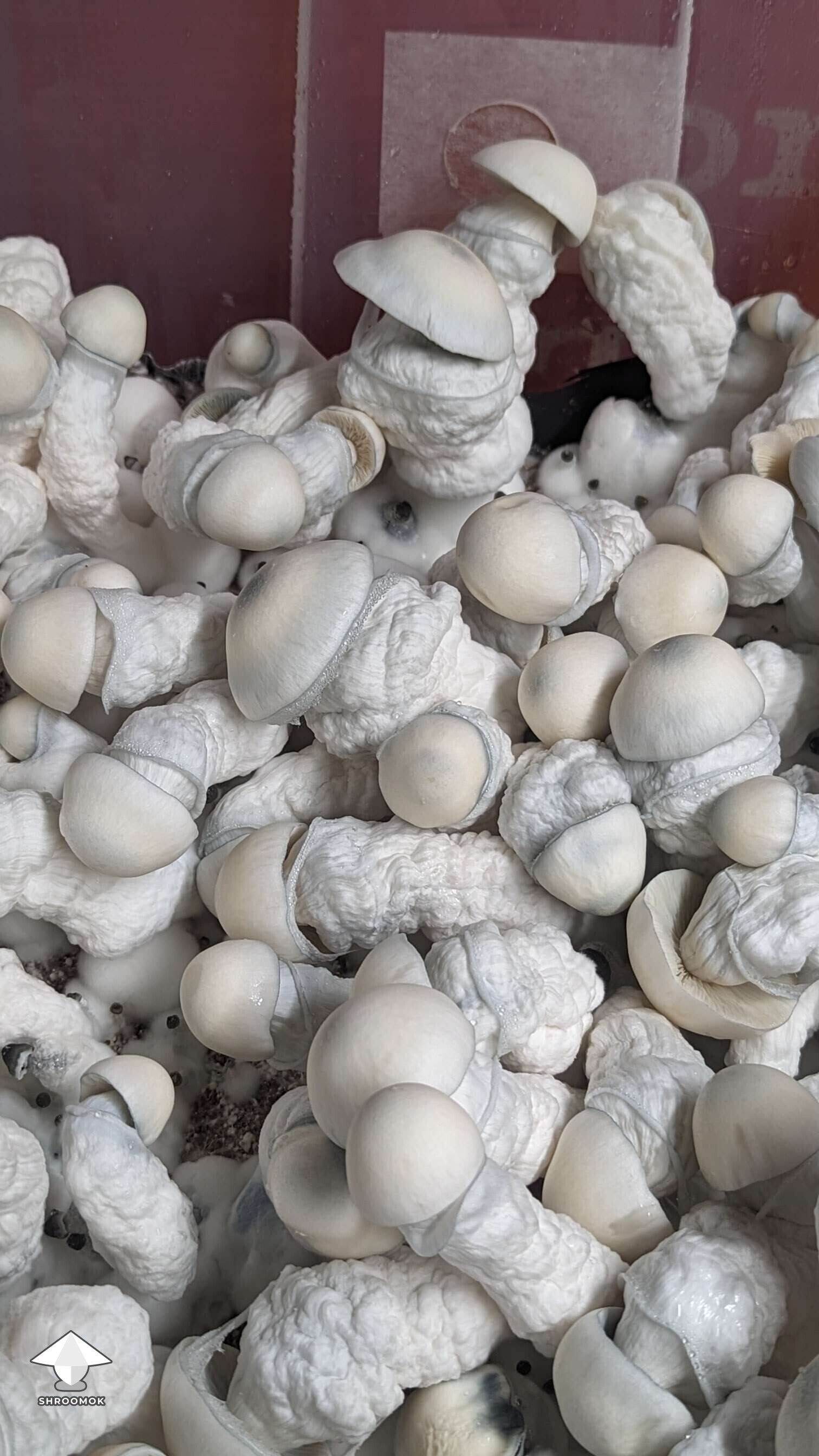

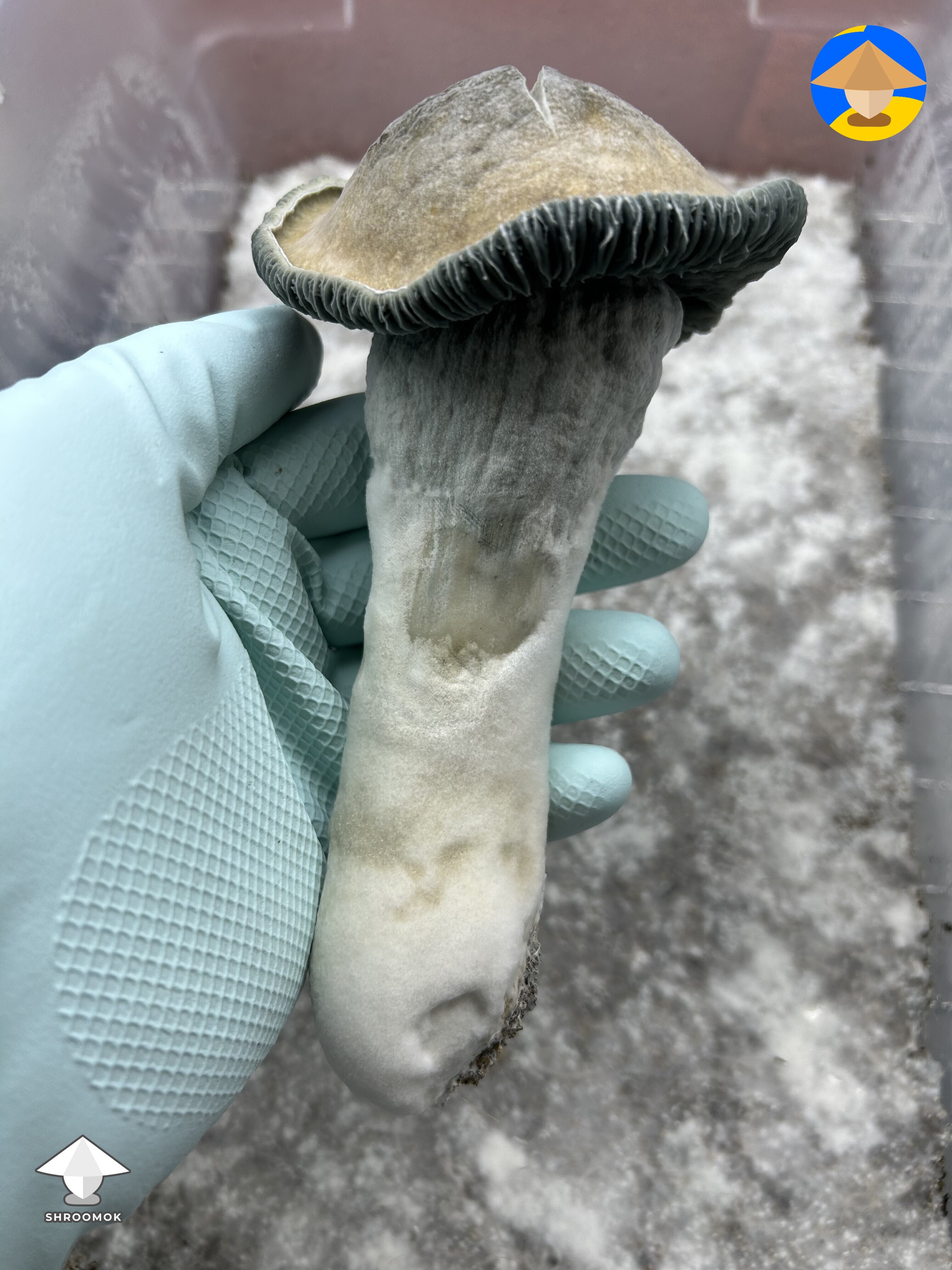
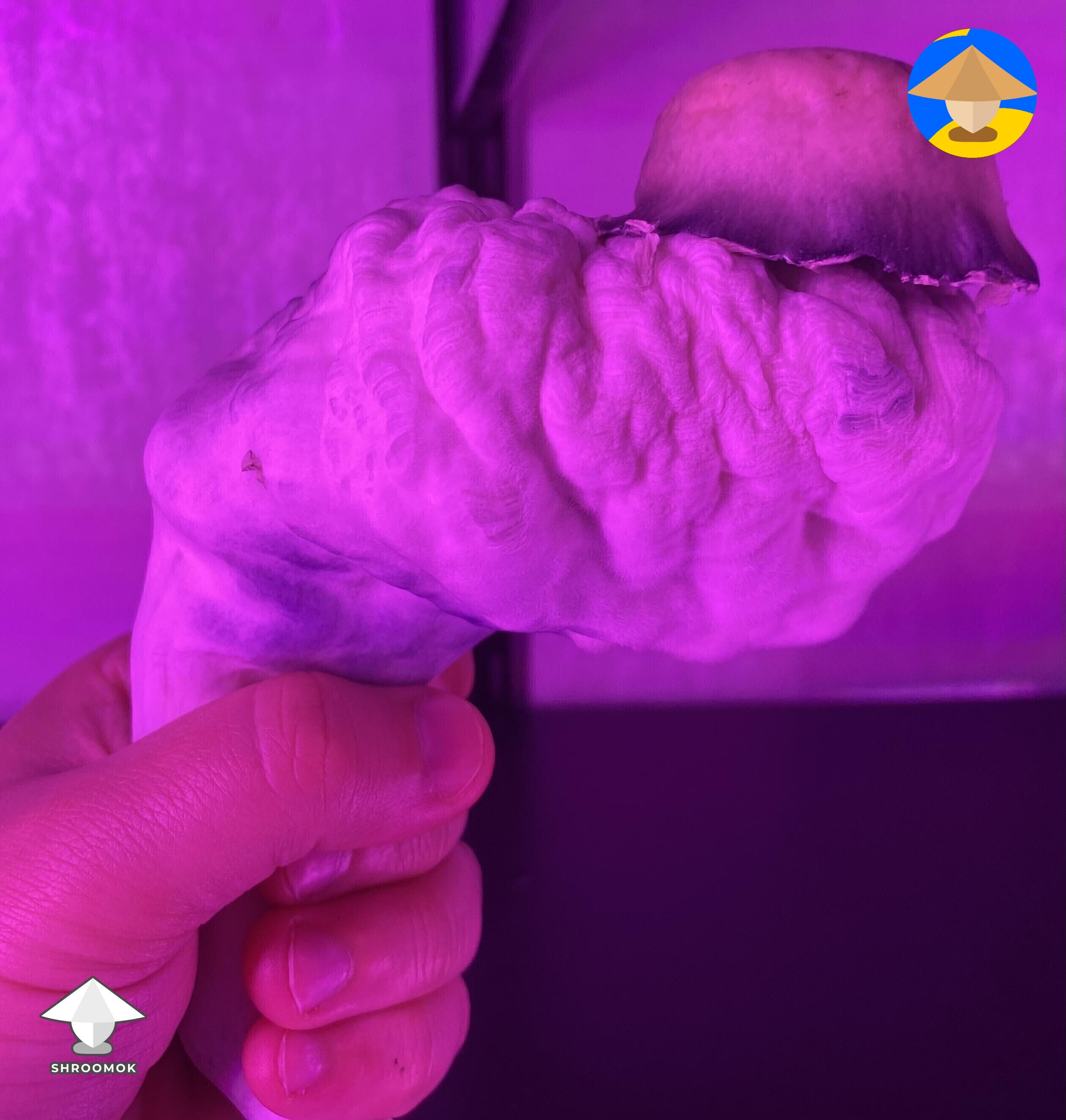


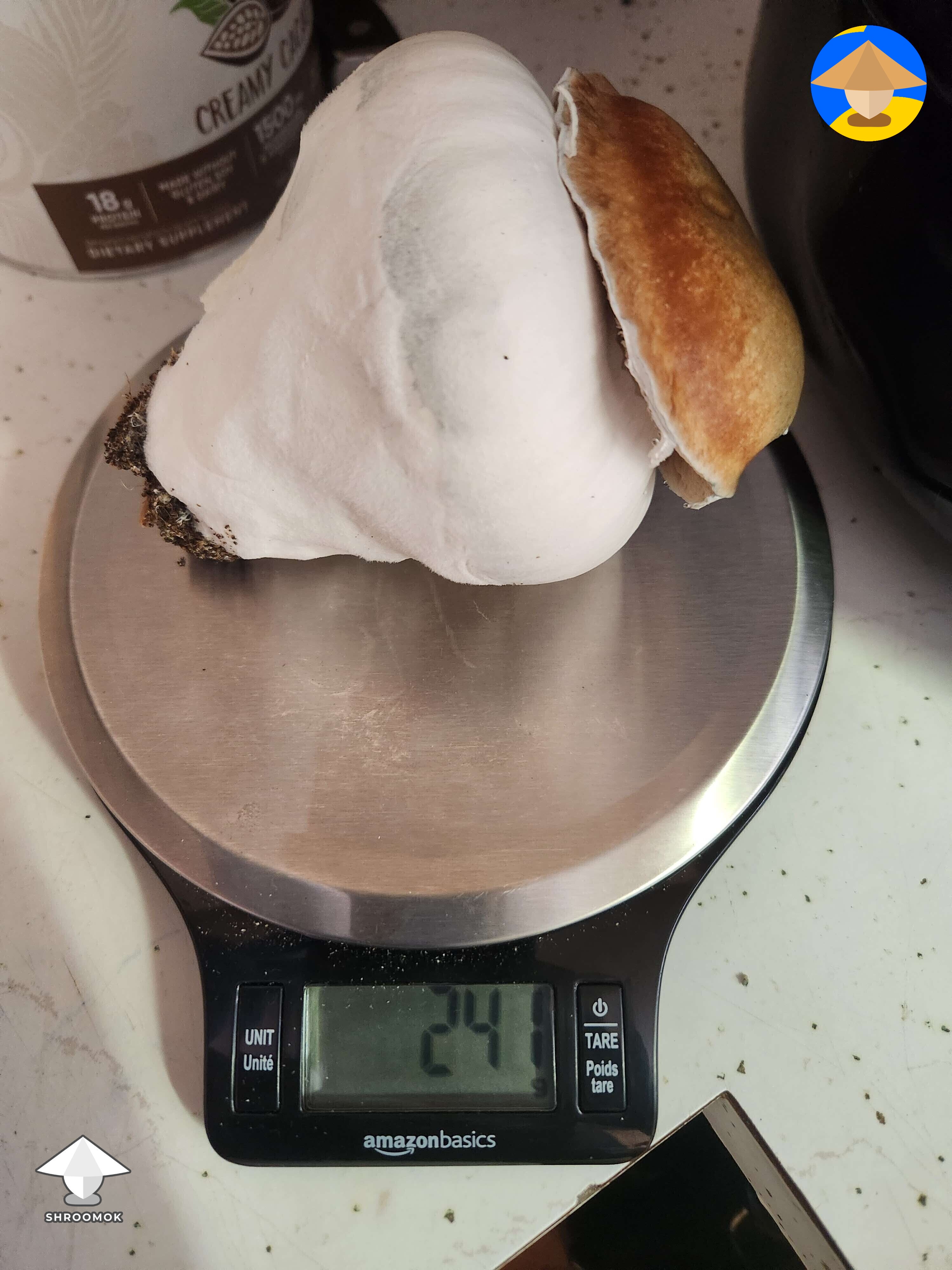
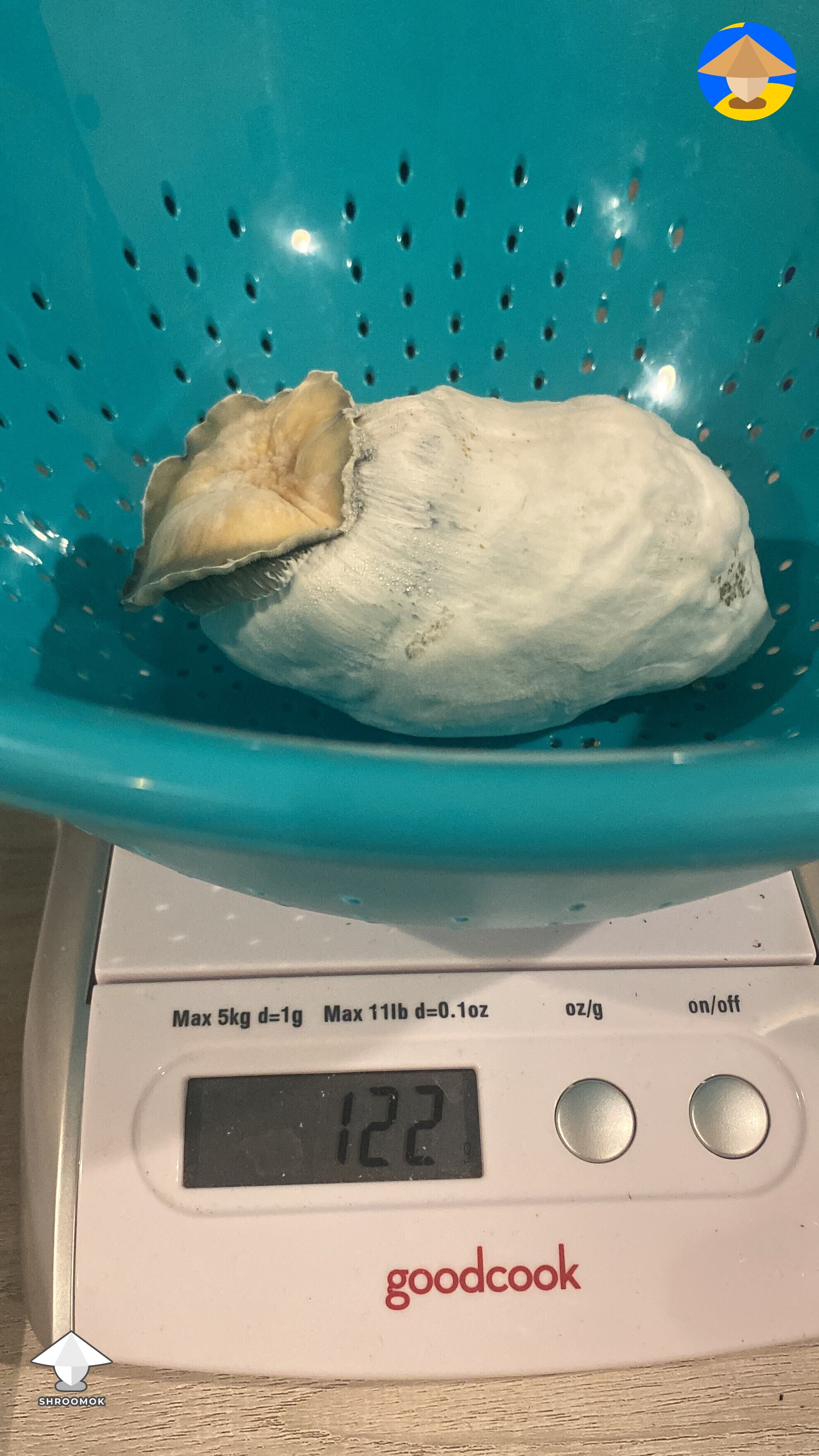
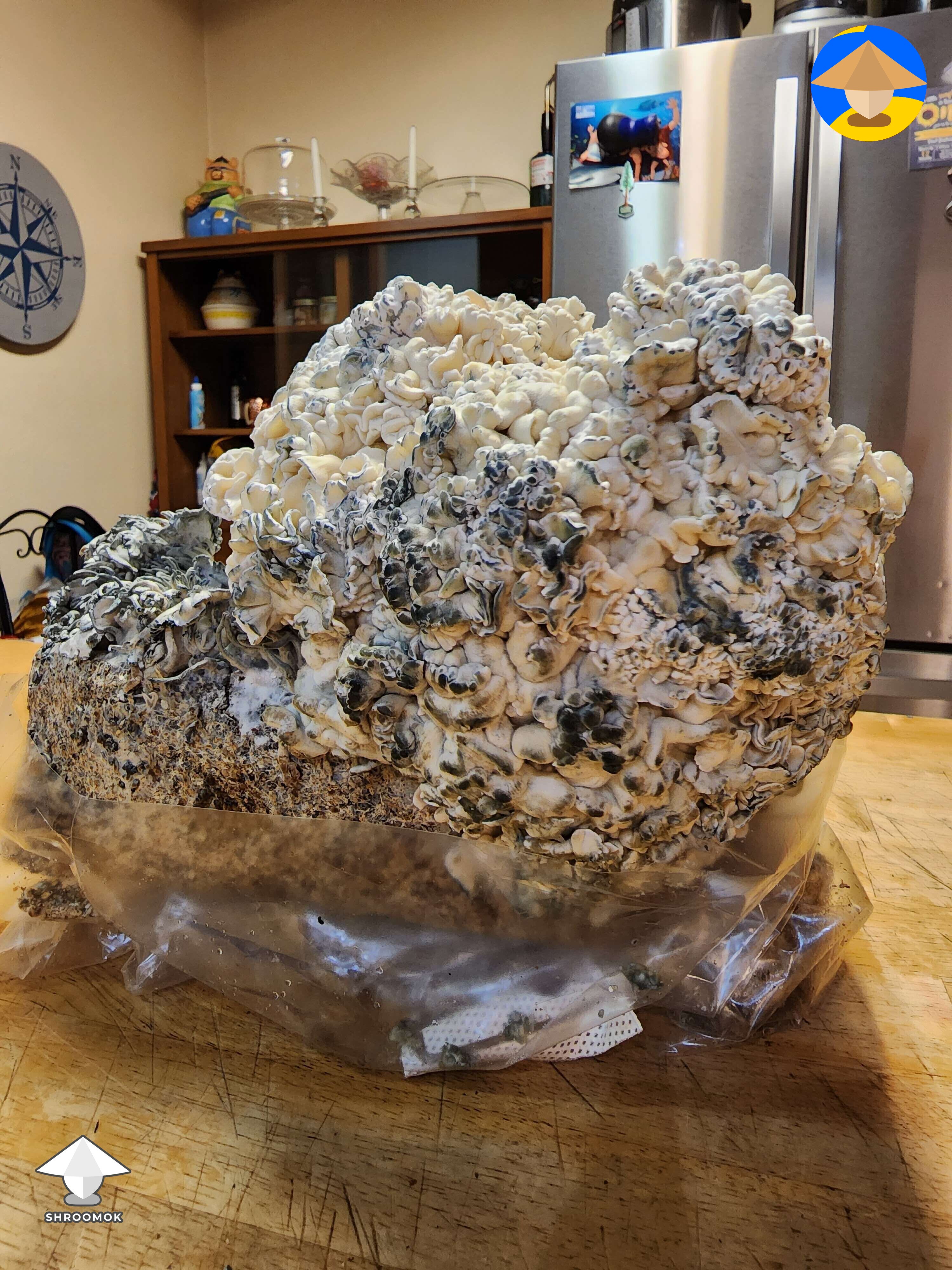
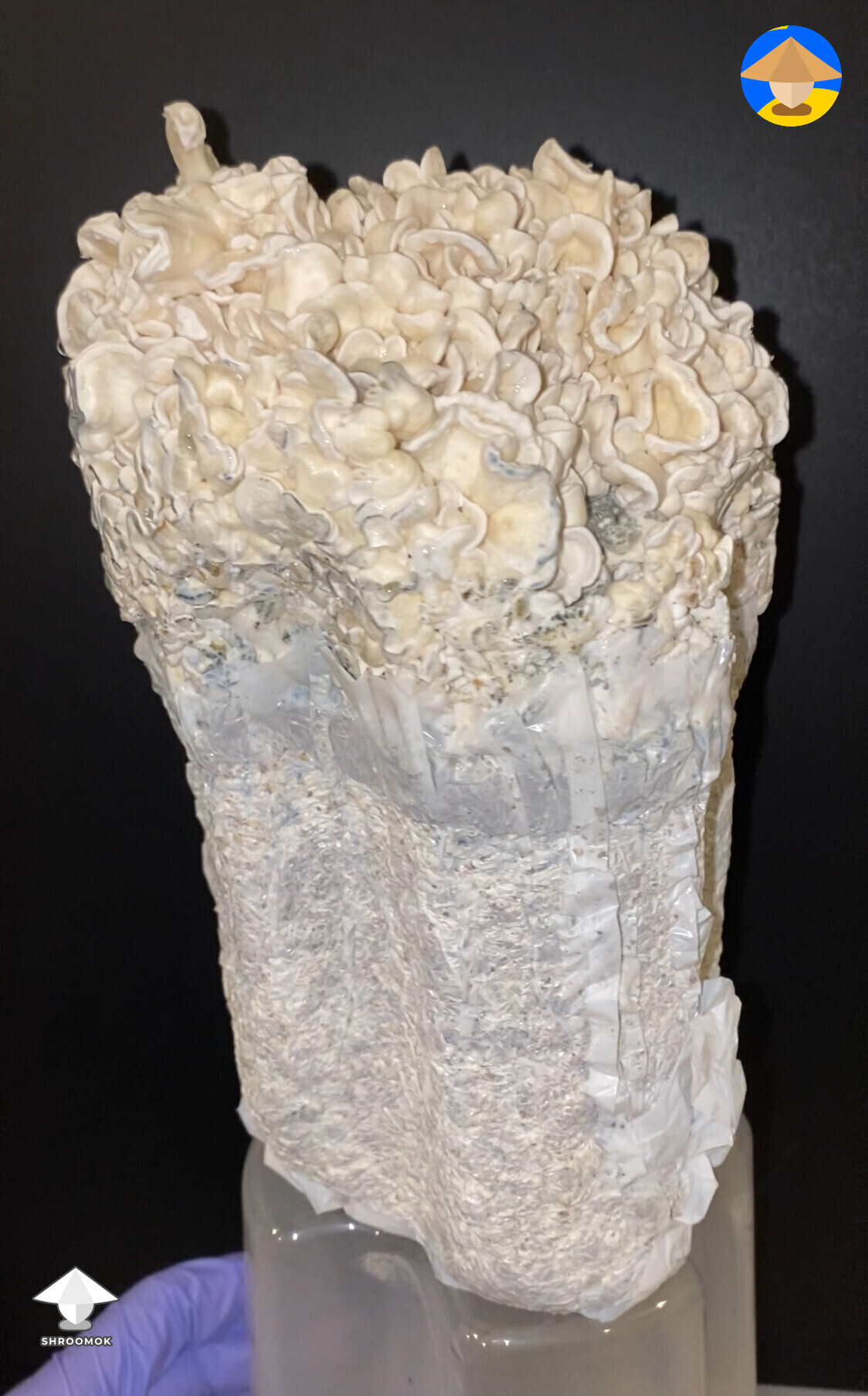
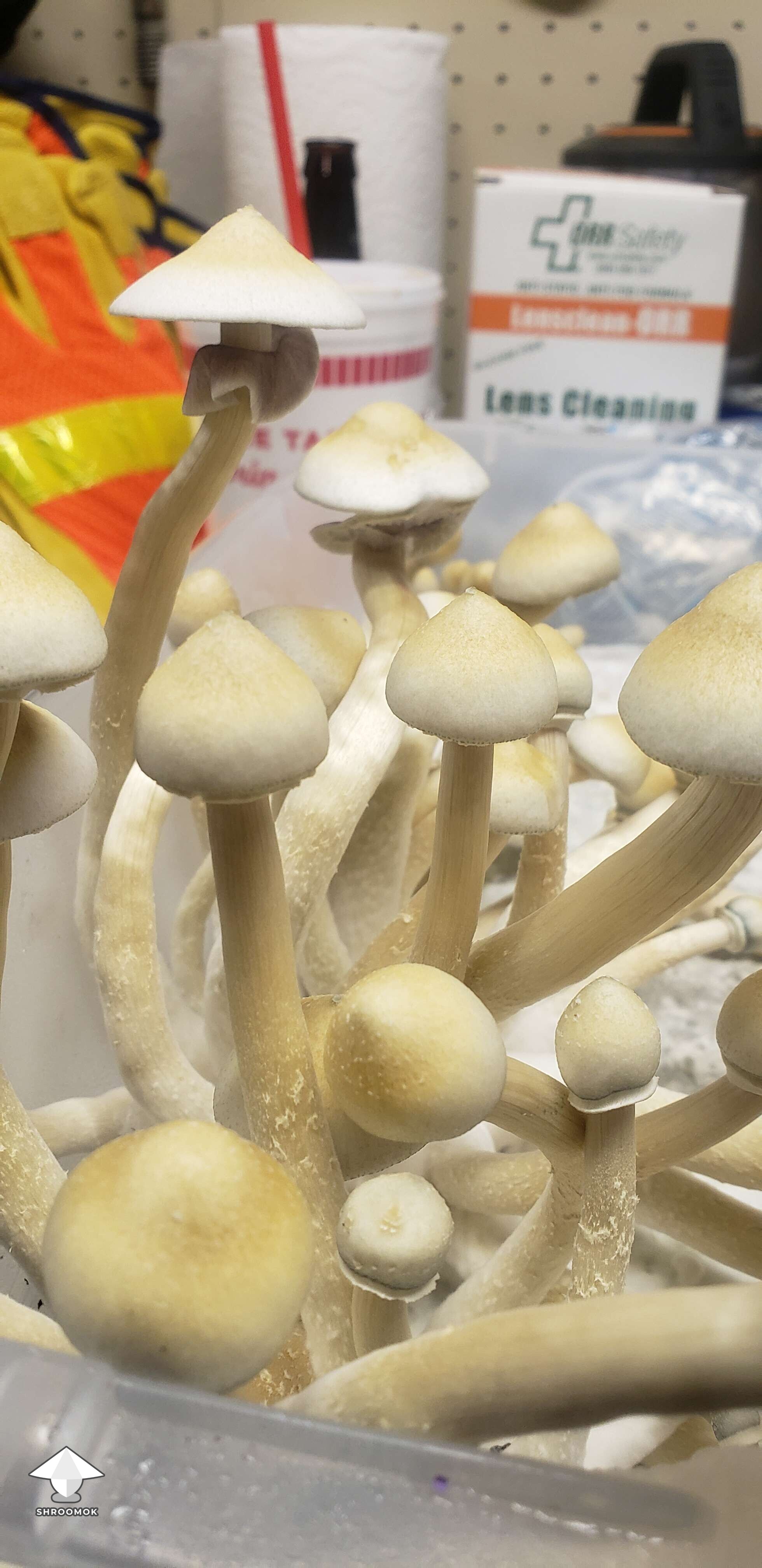
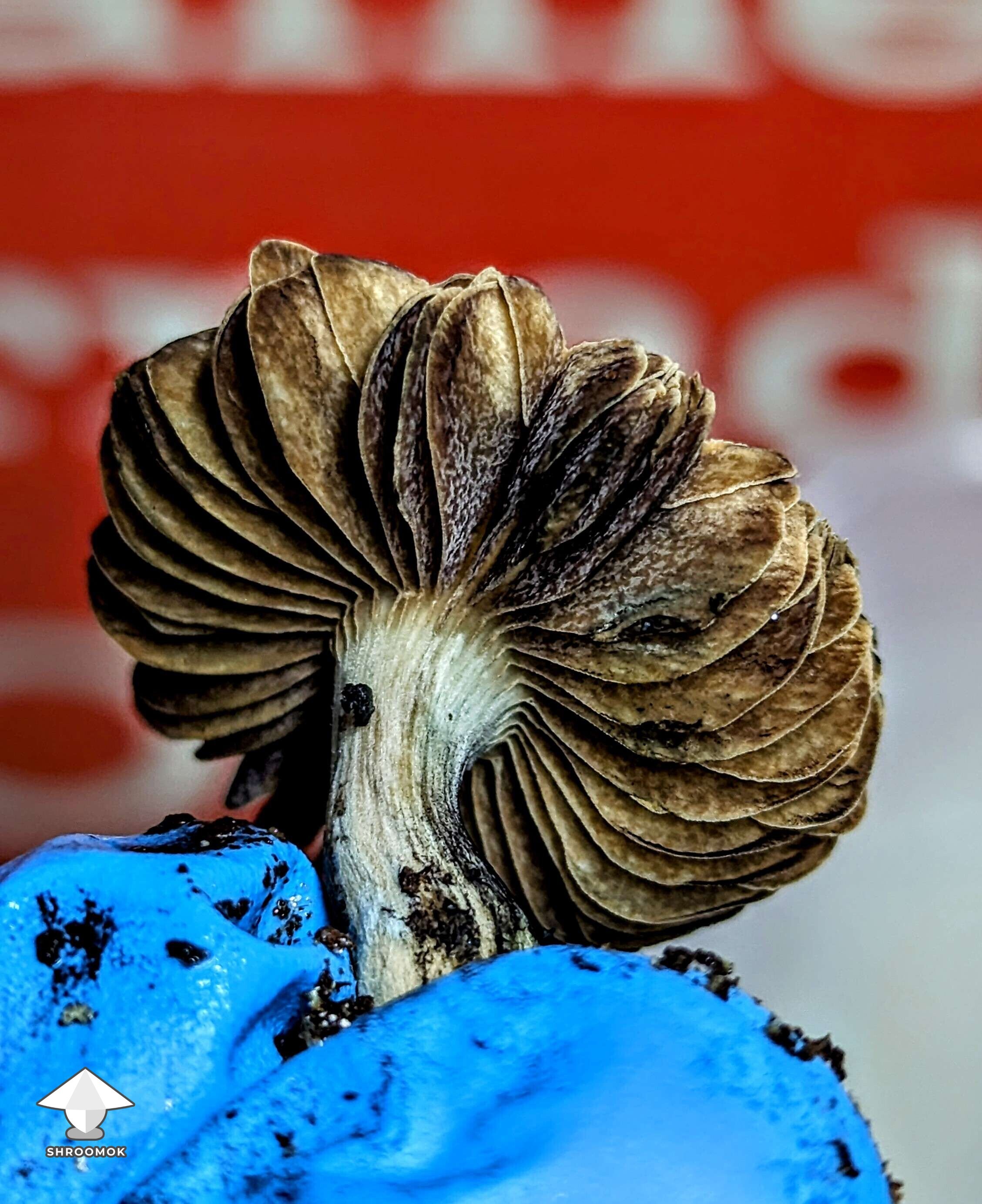
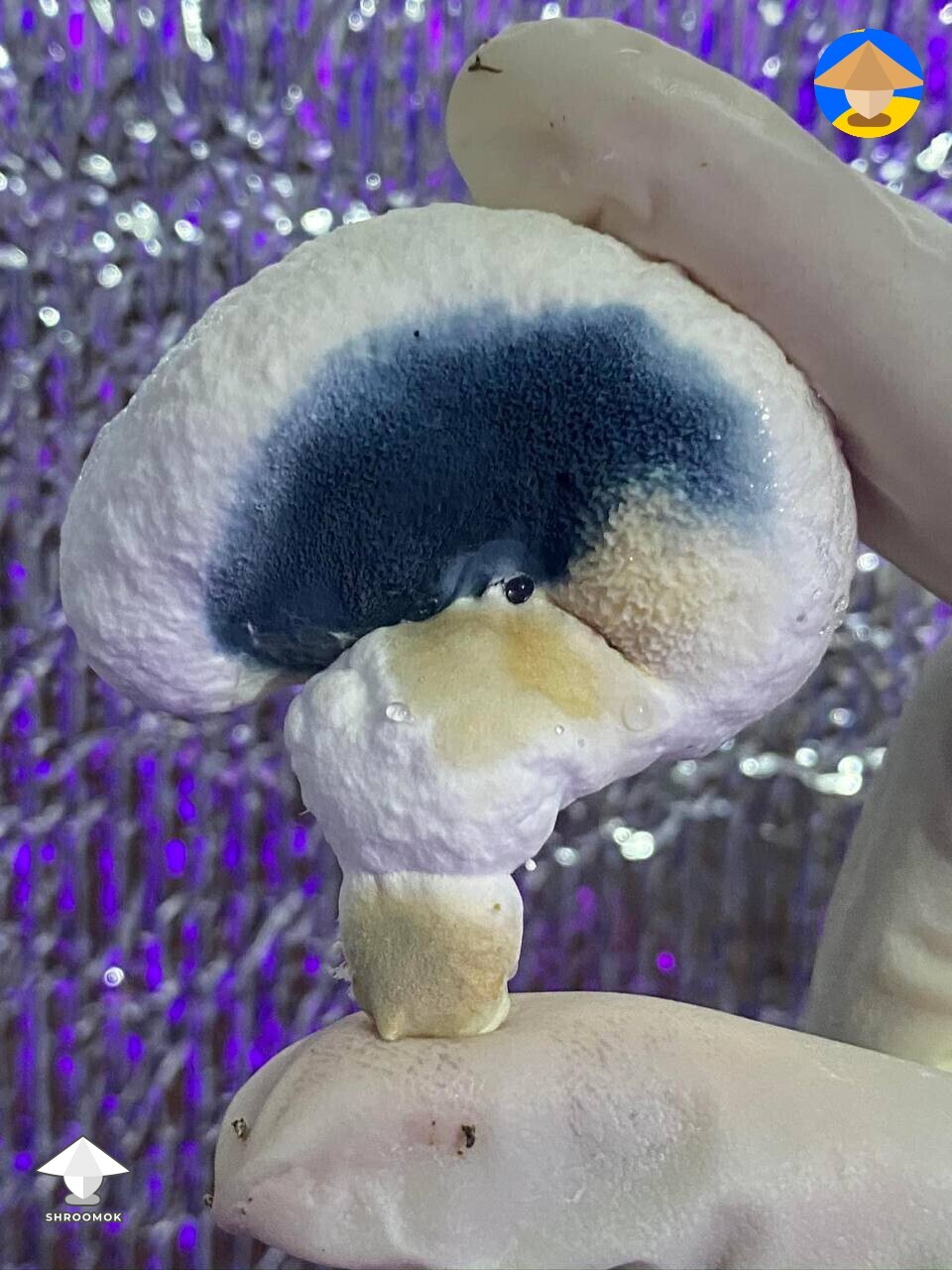
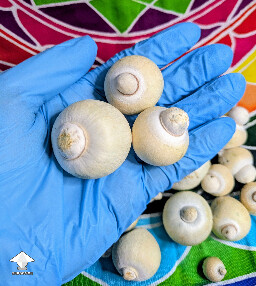
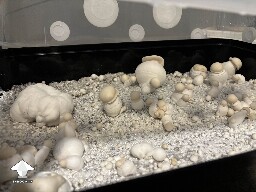
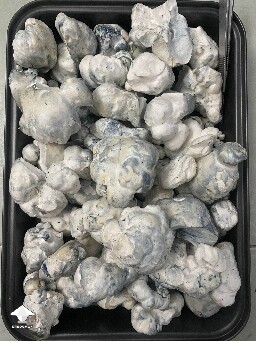
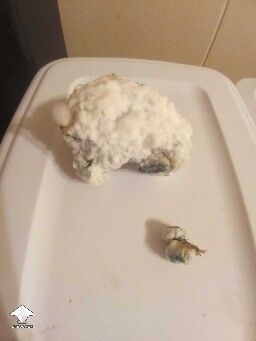
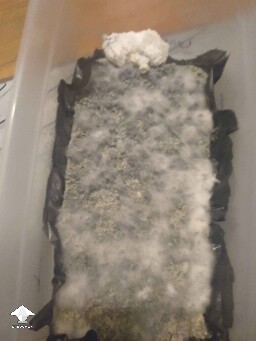
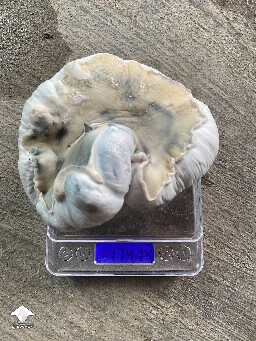
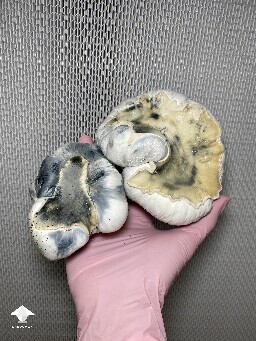
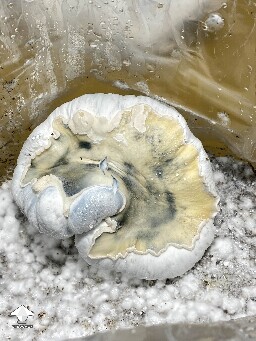

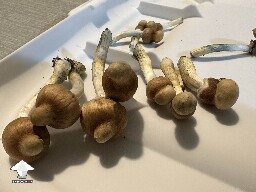
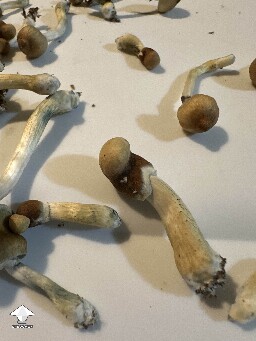
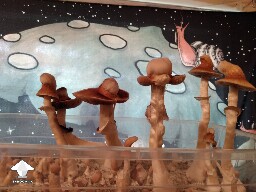
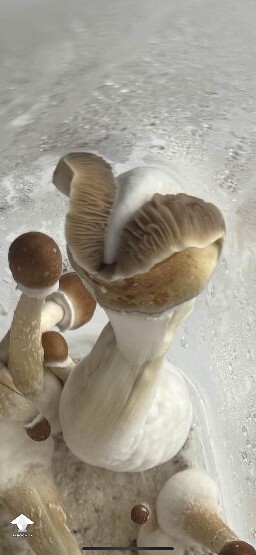
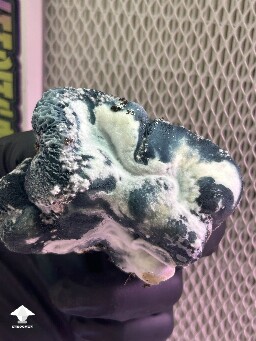
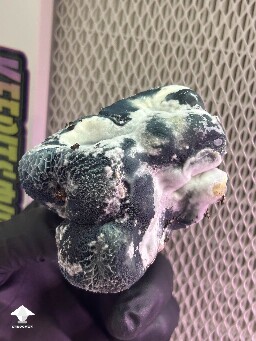
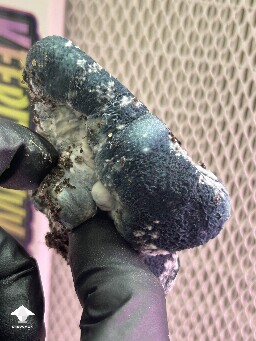
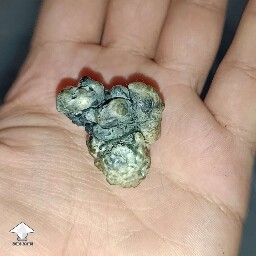
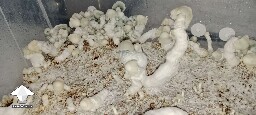

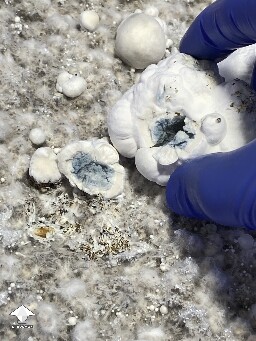
Comments
Add comment